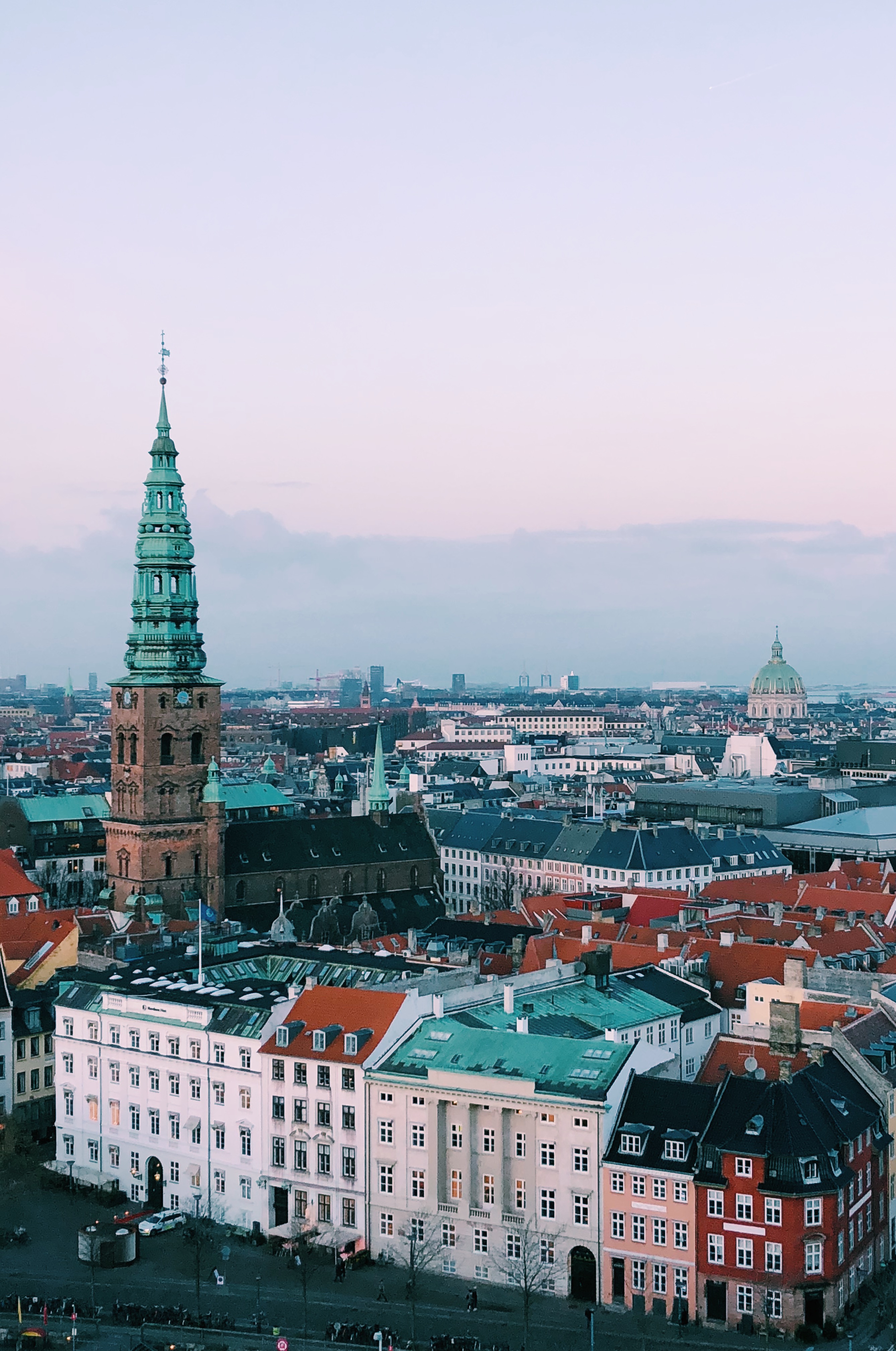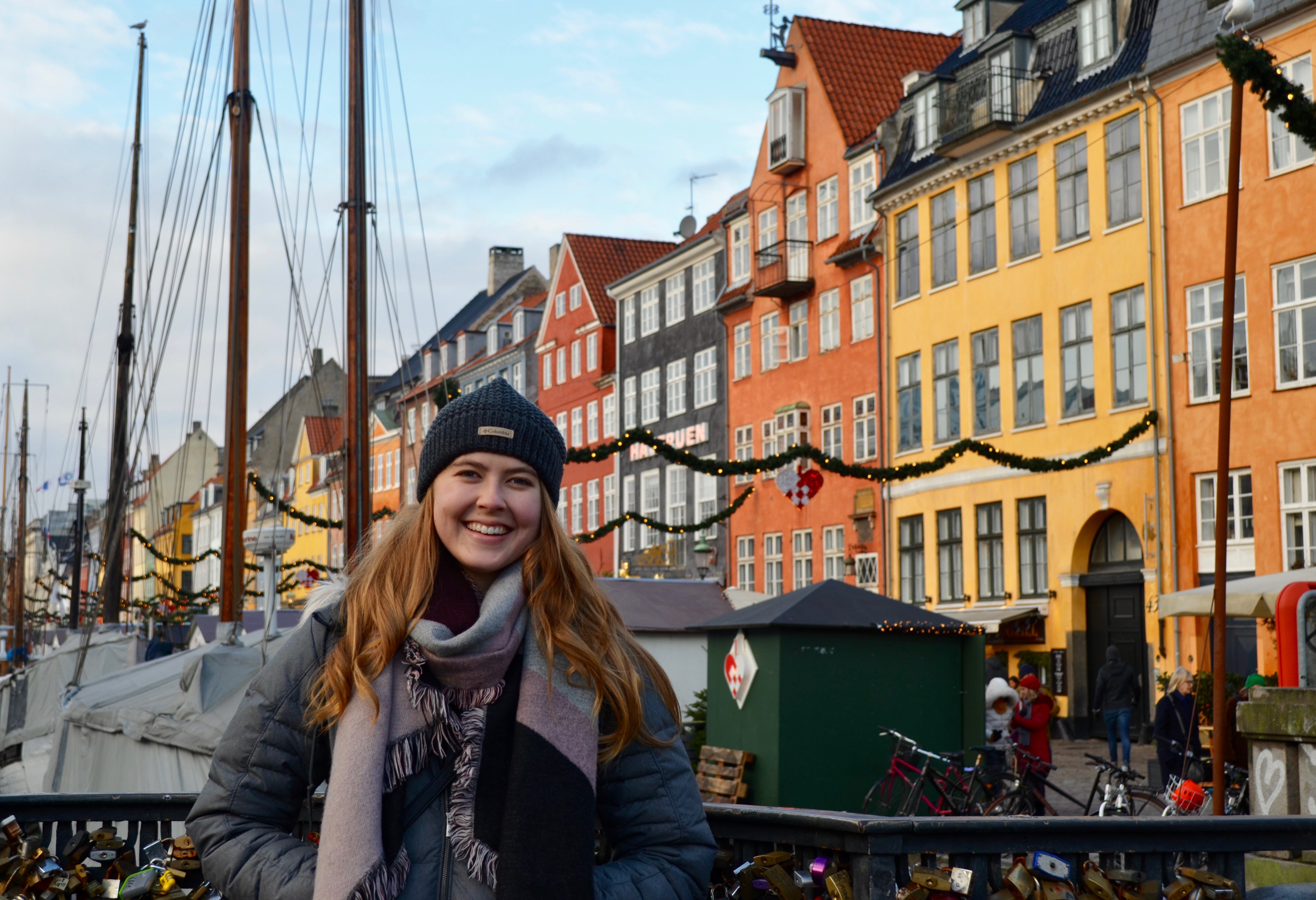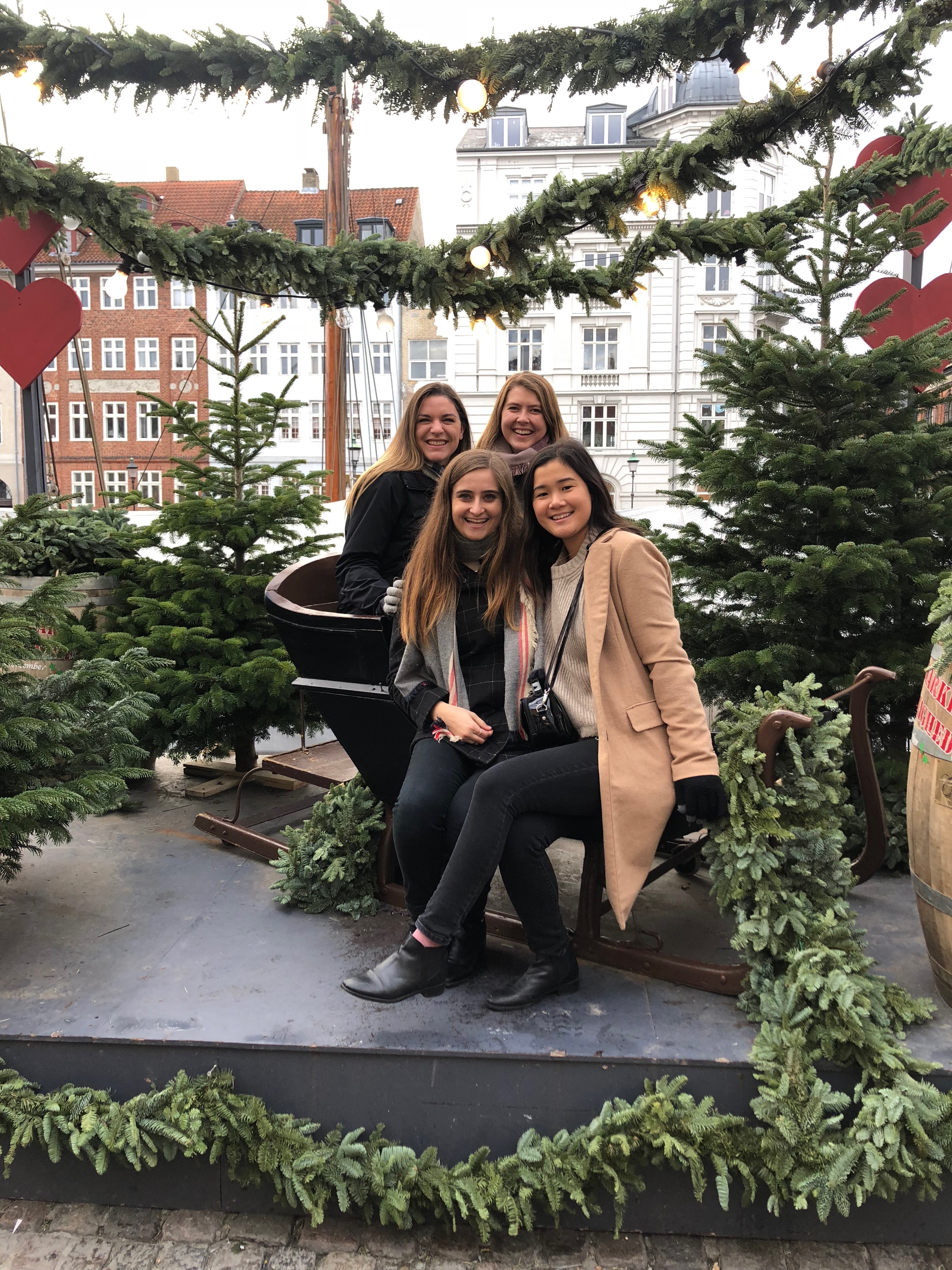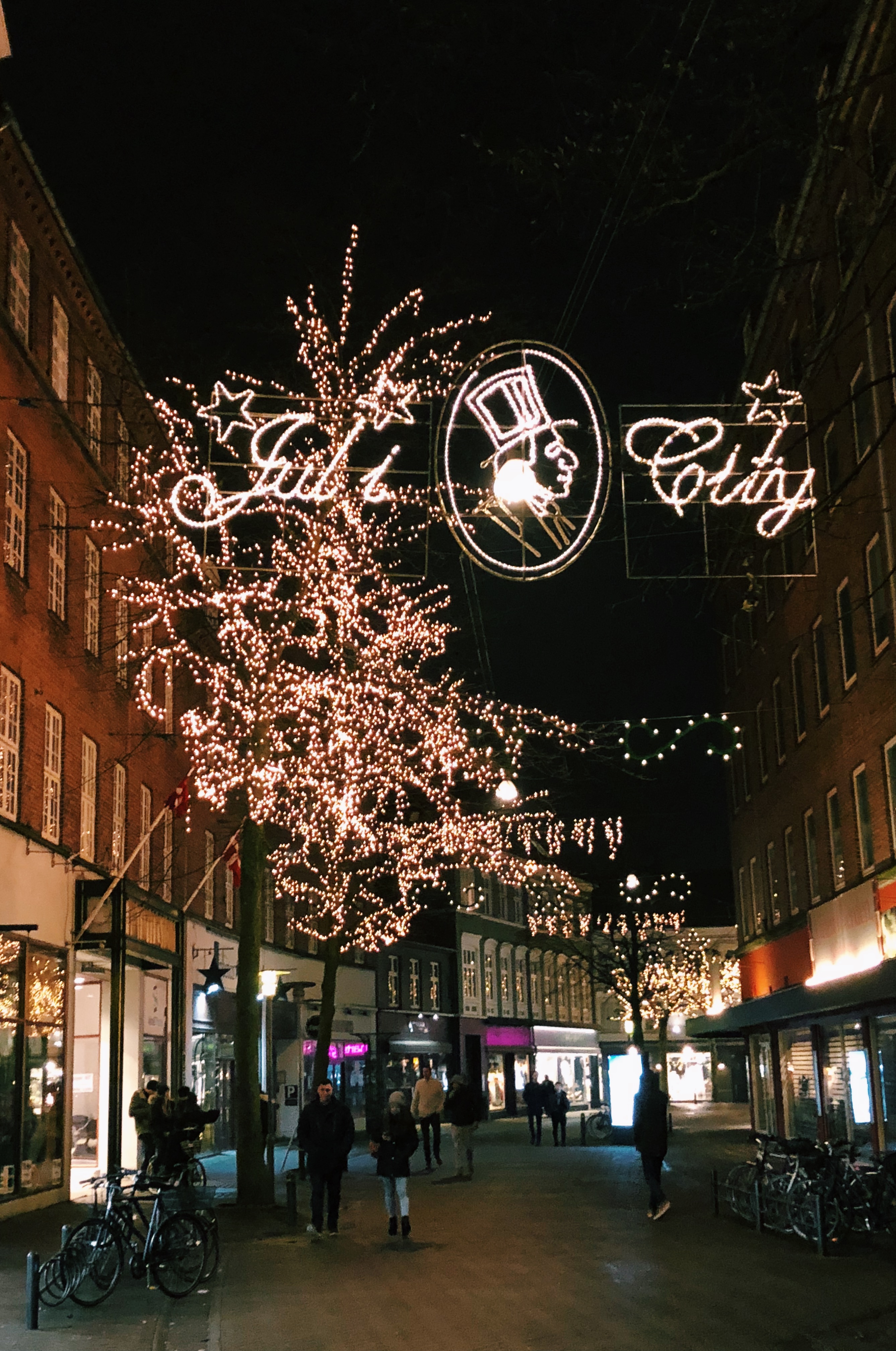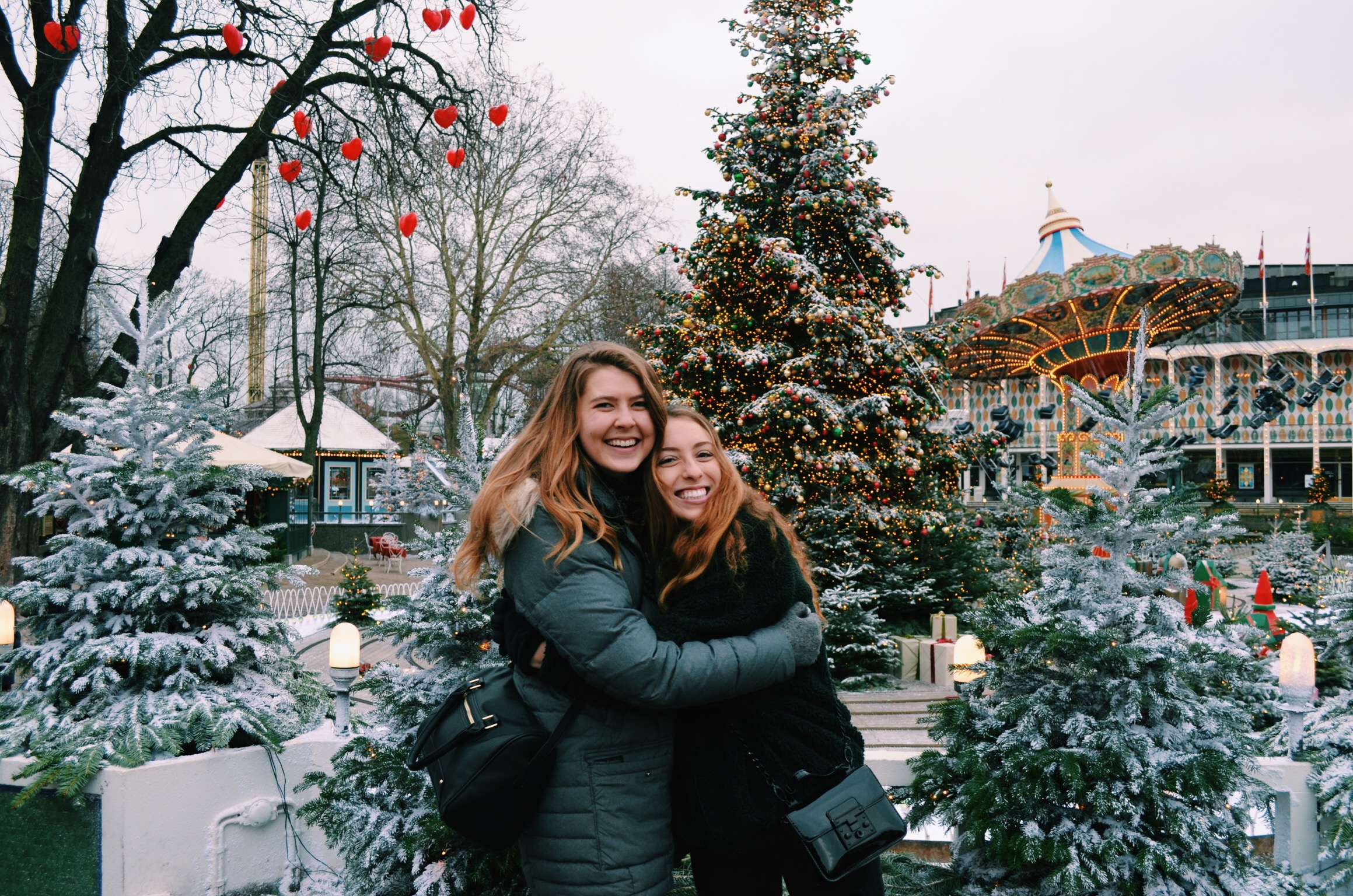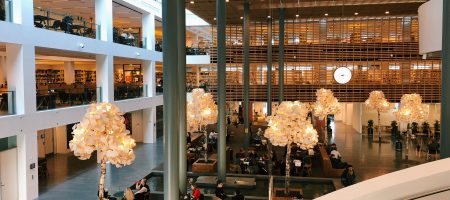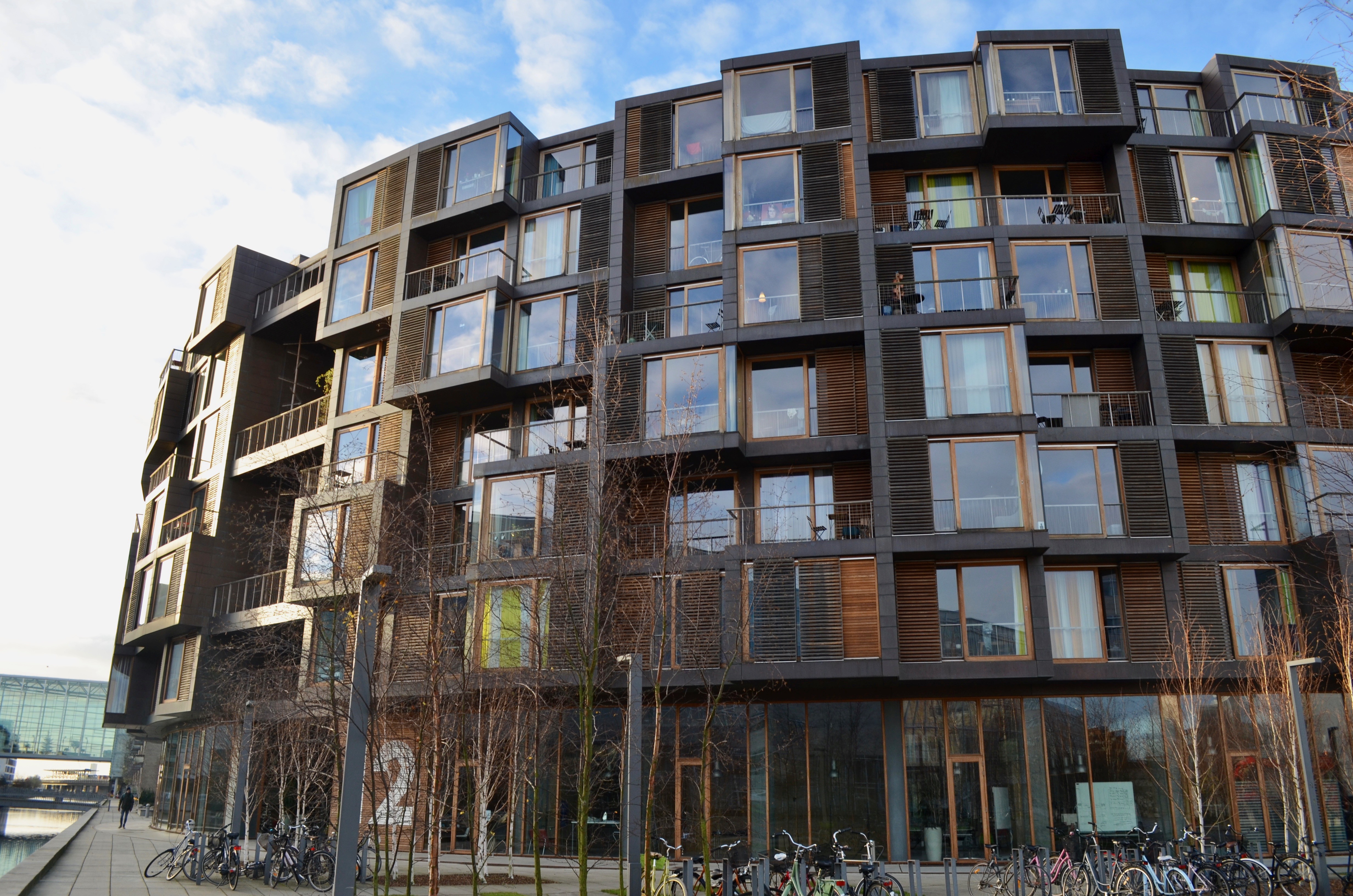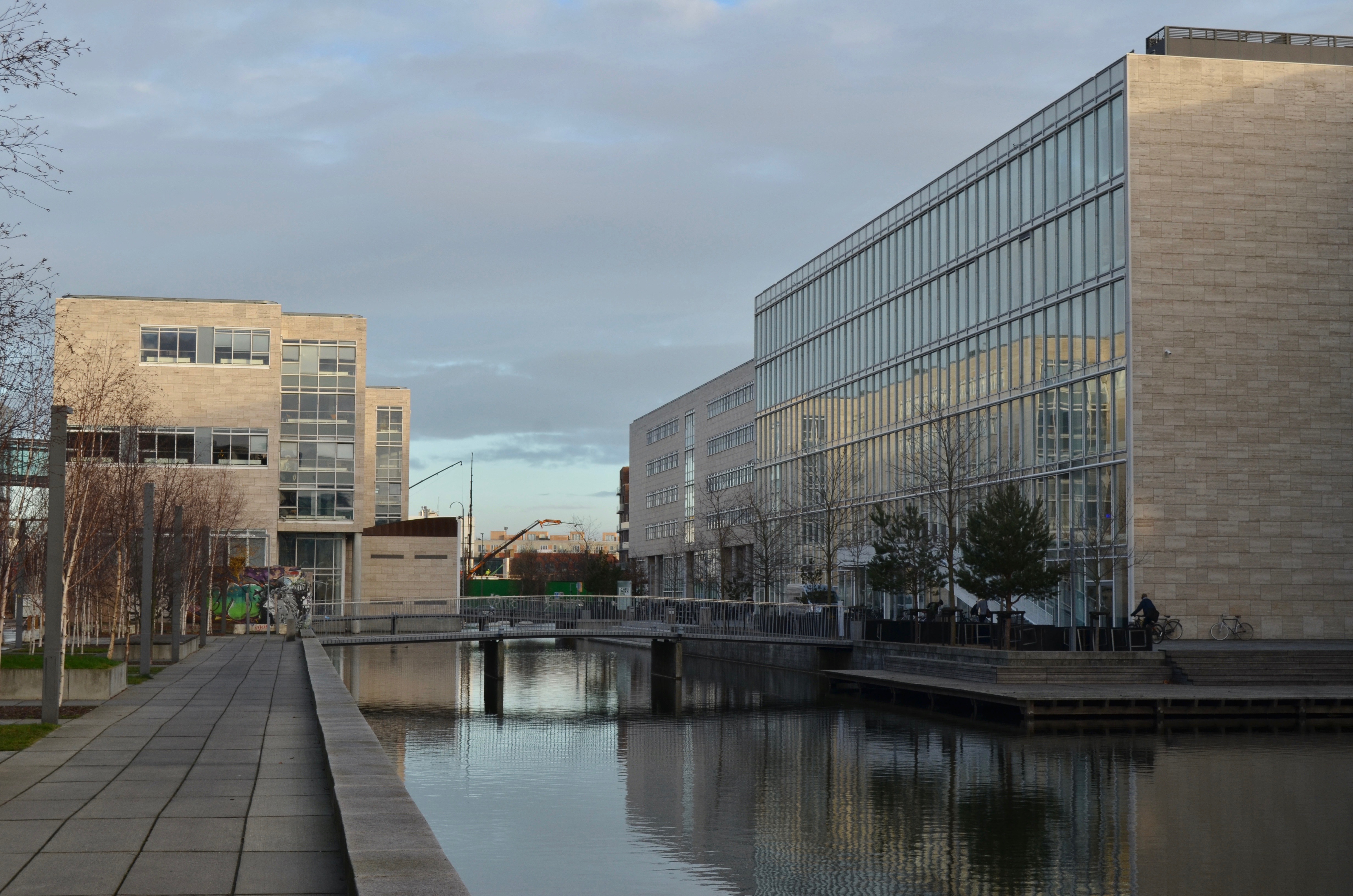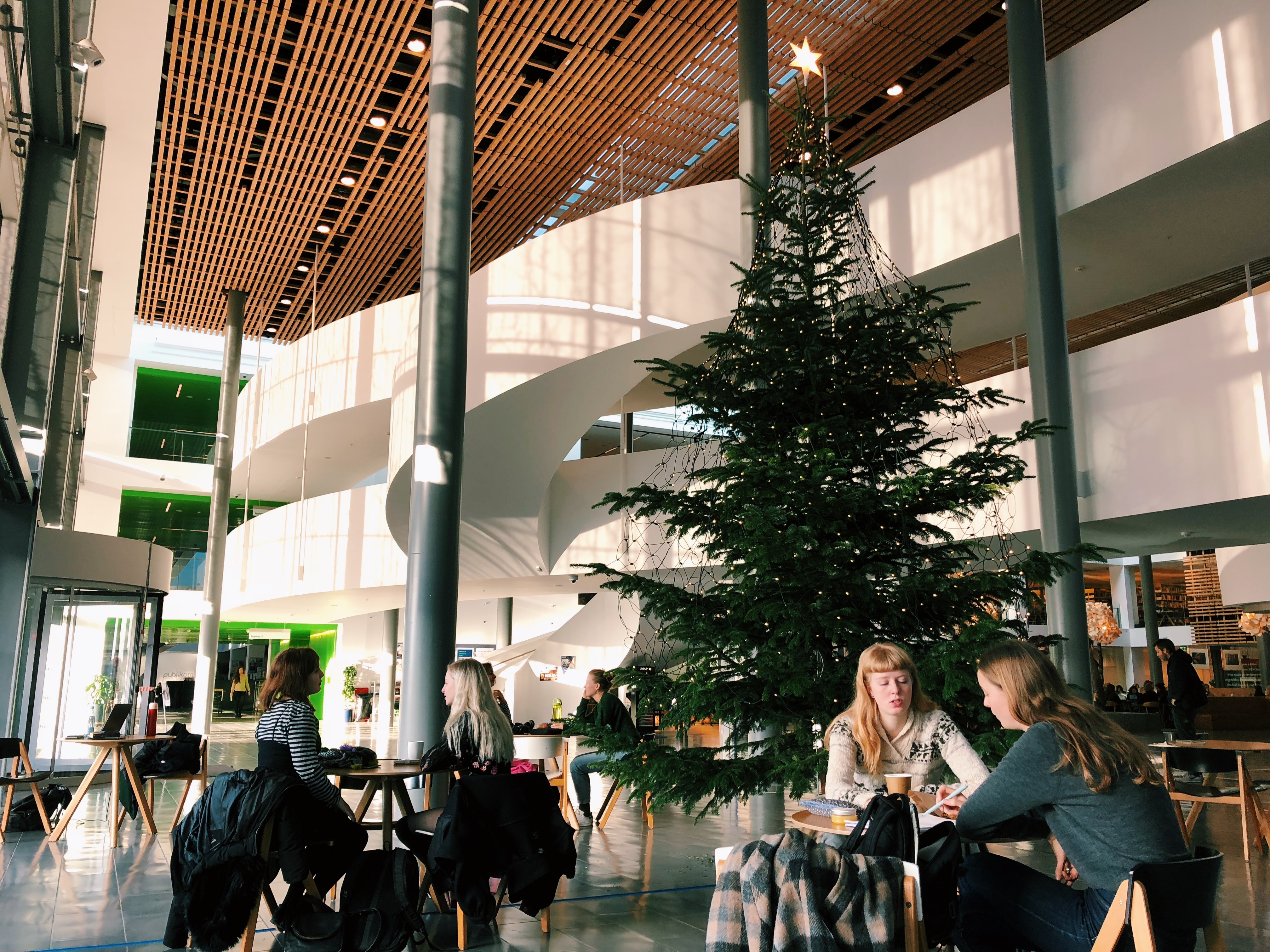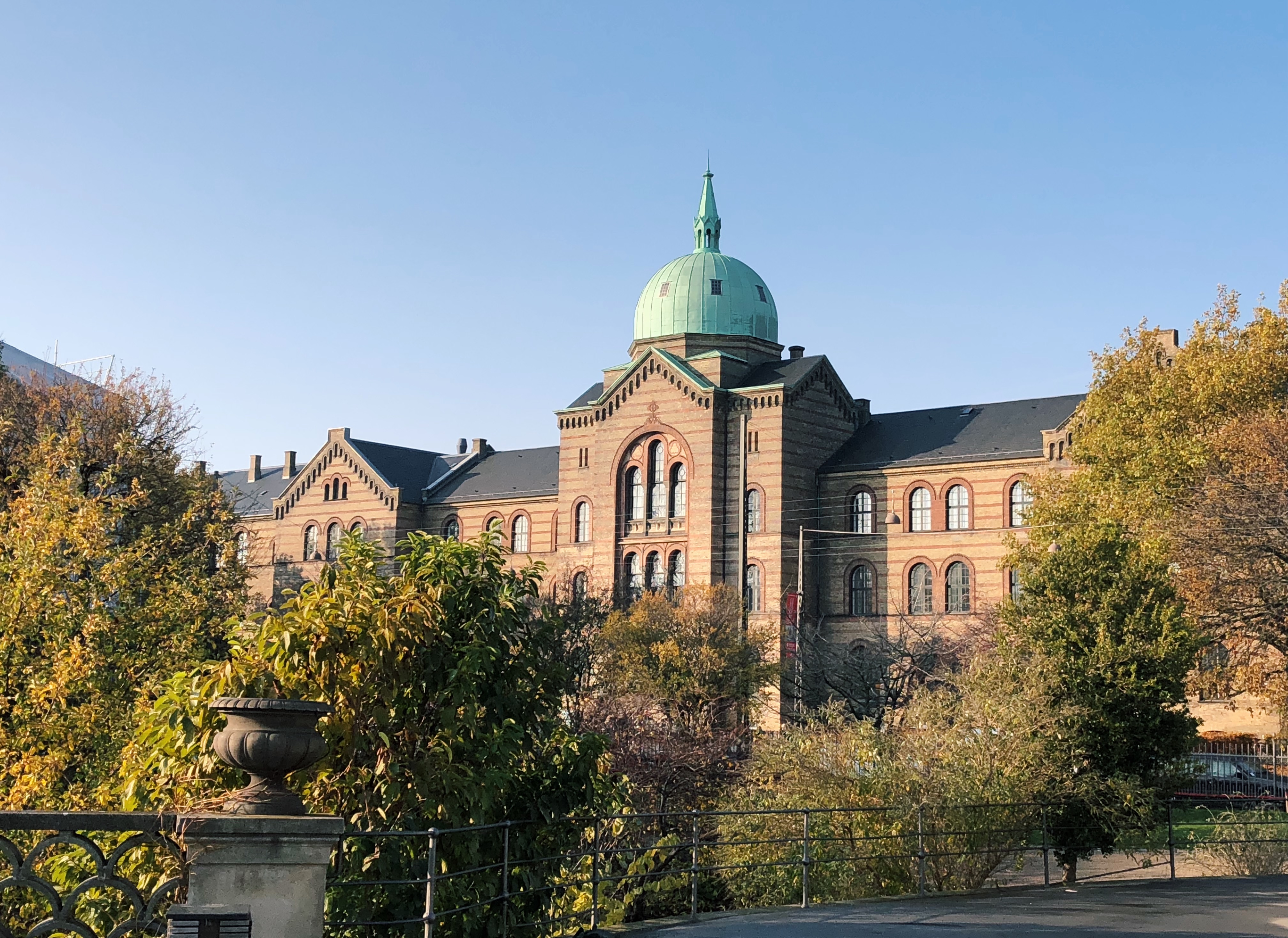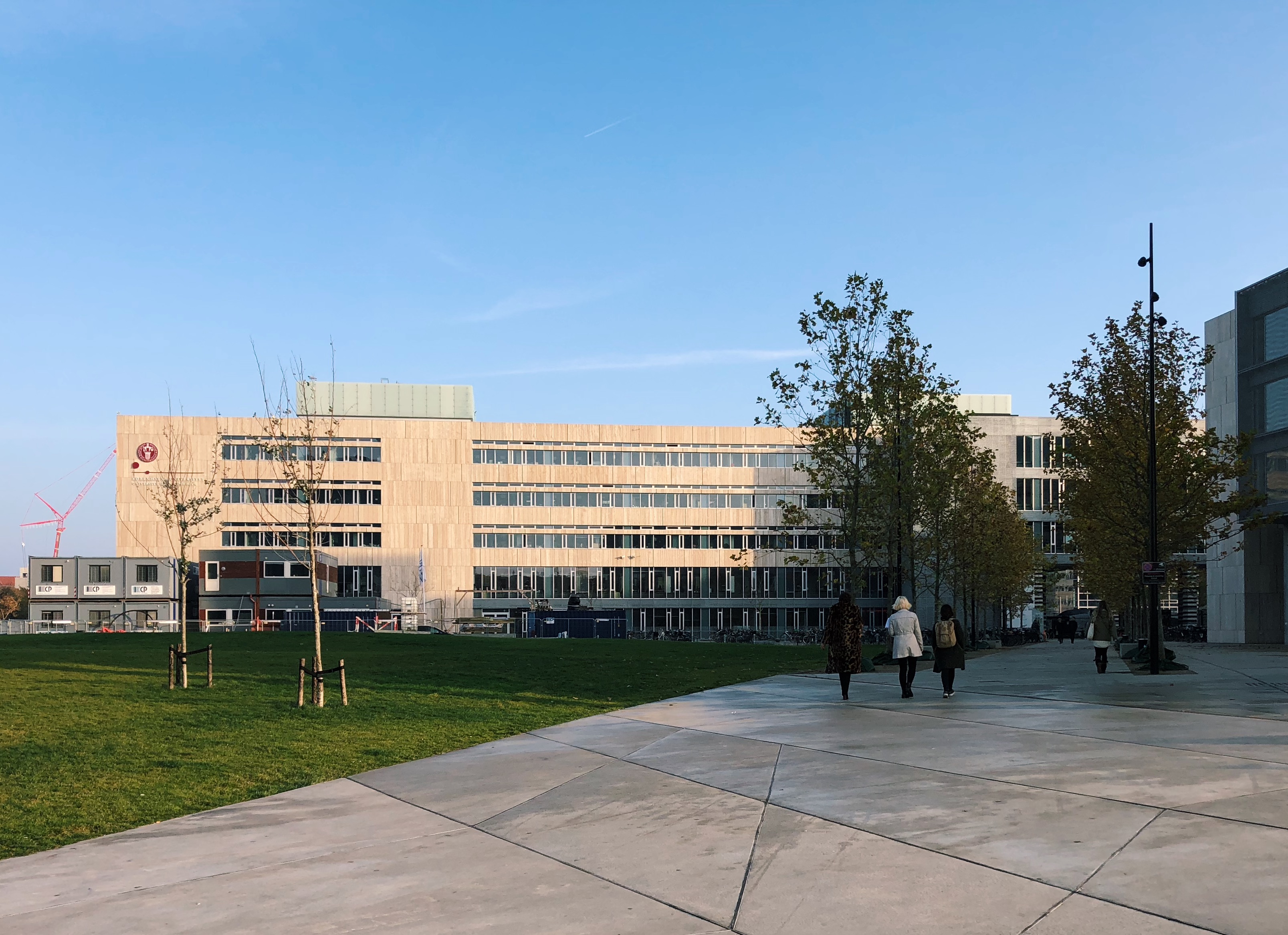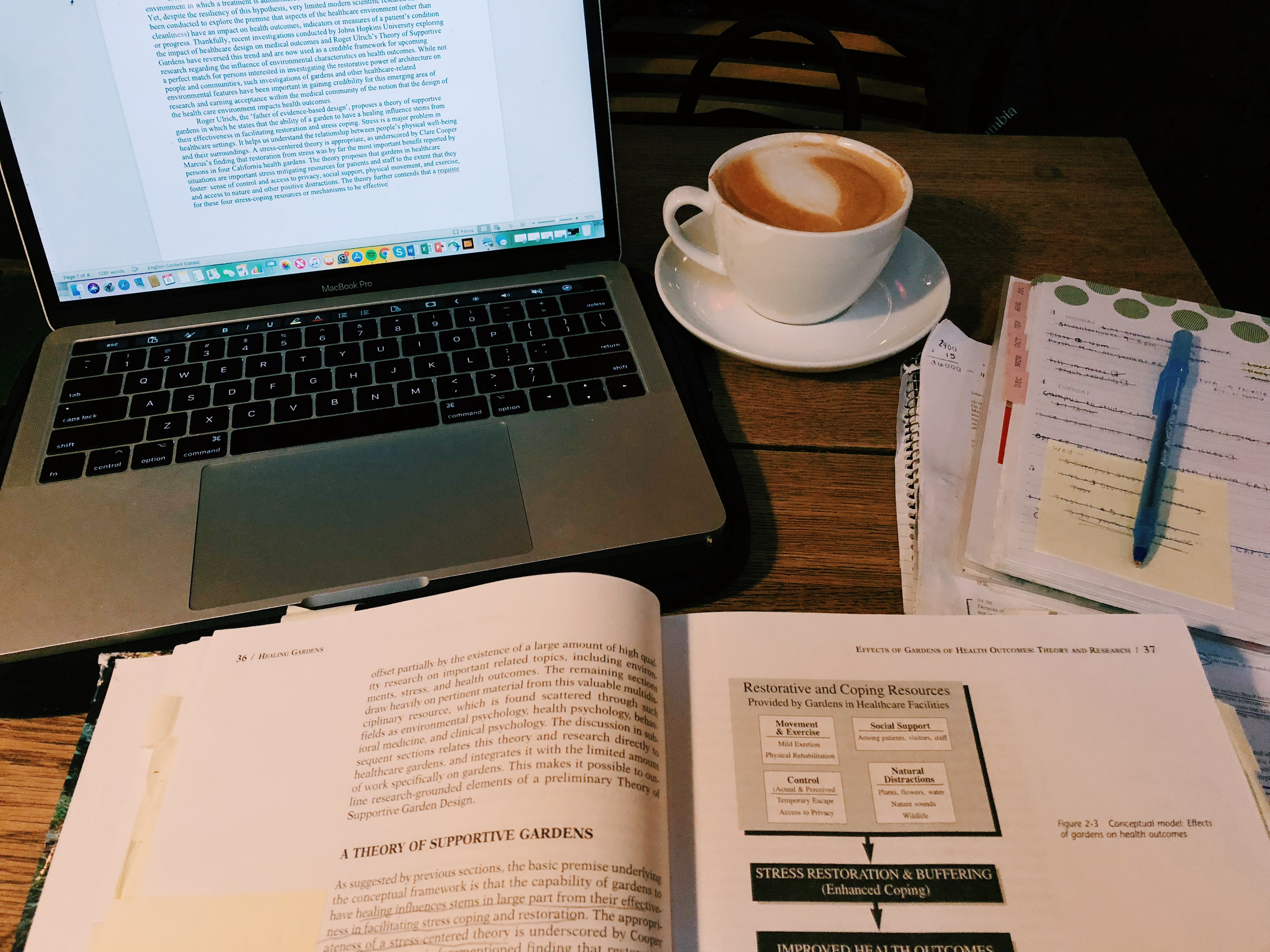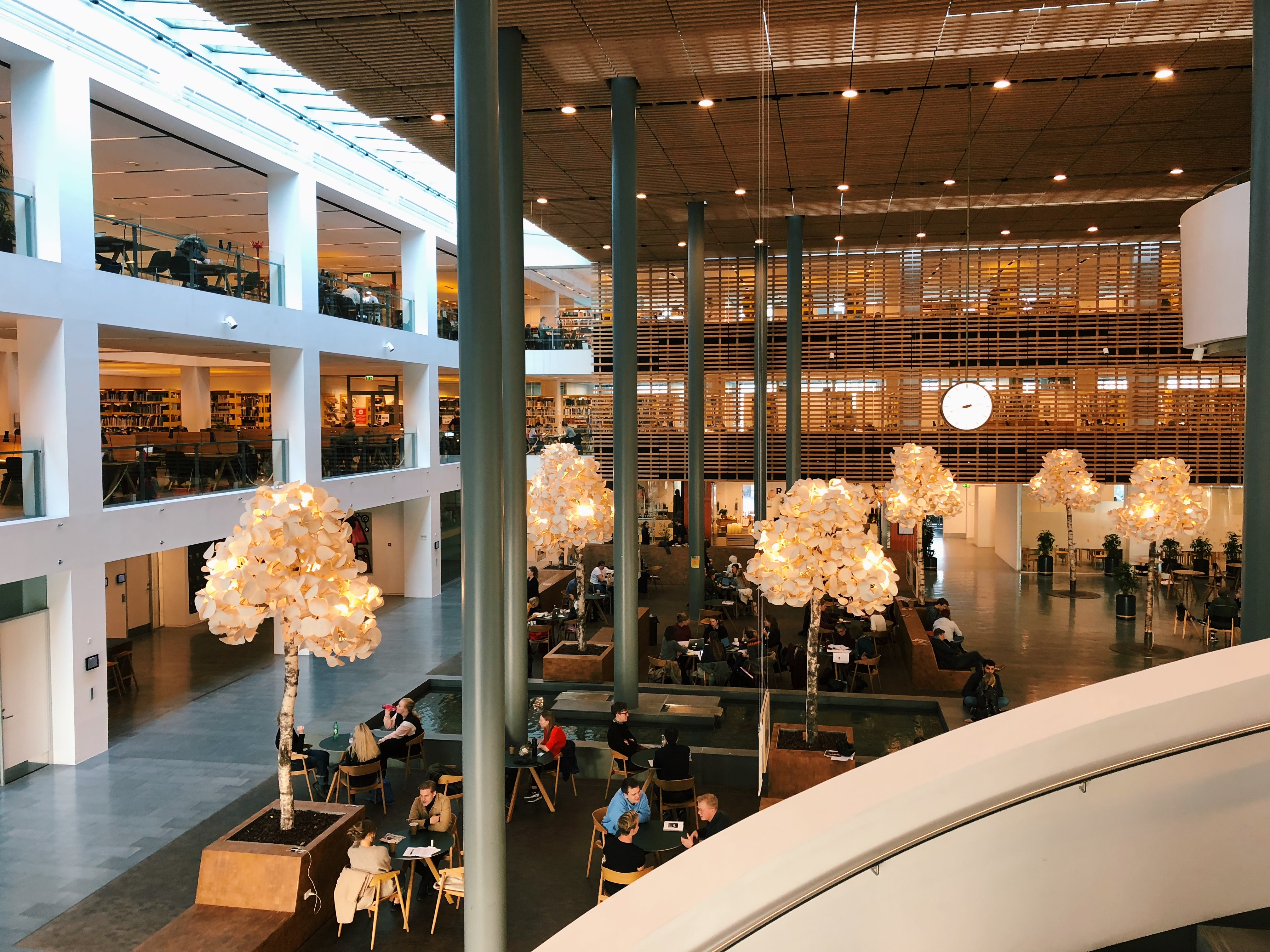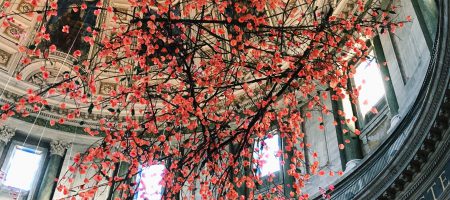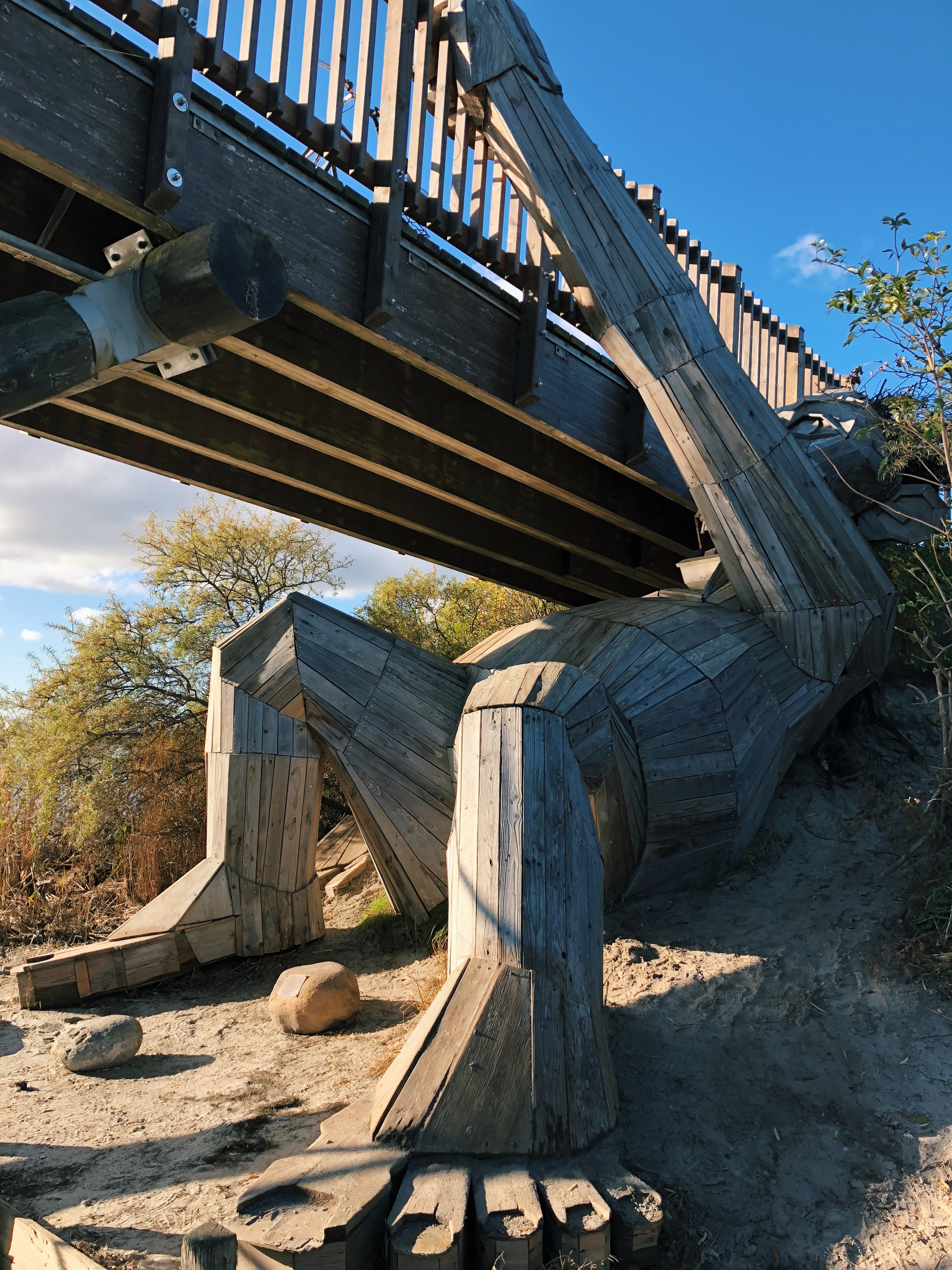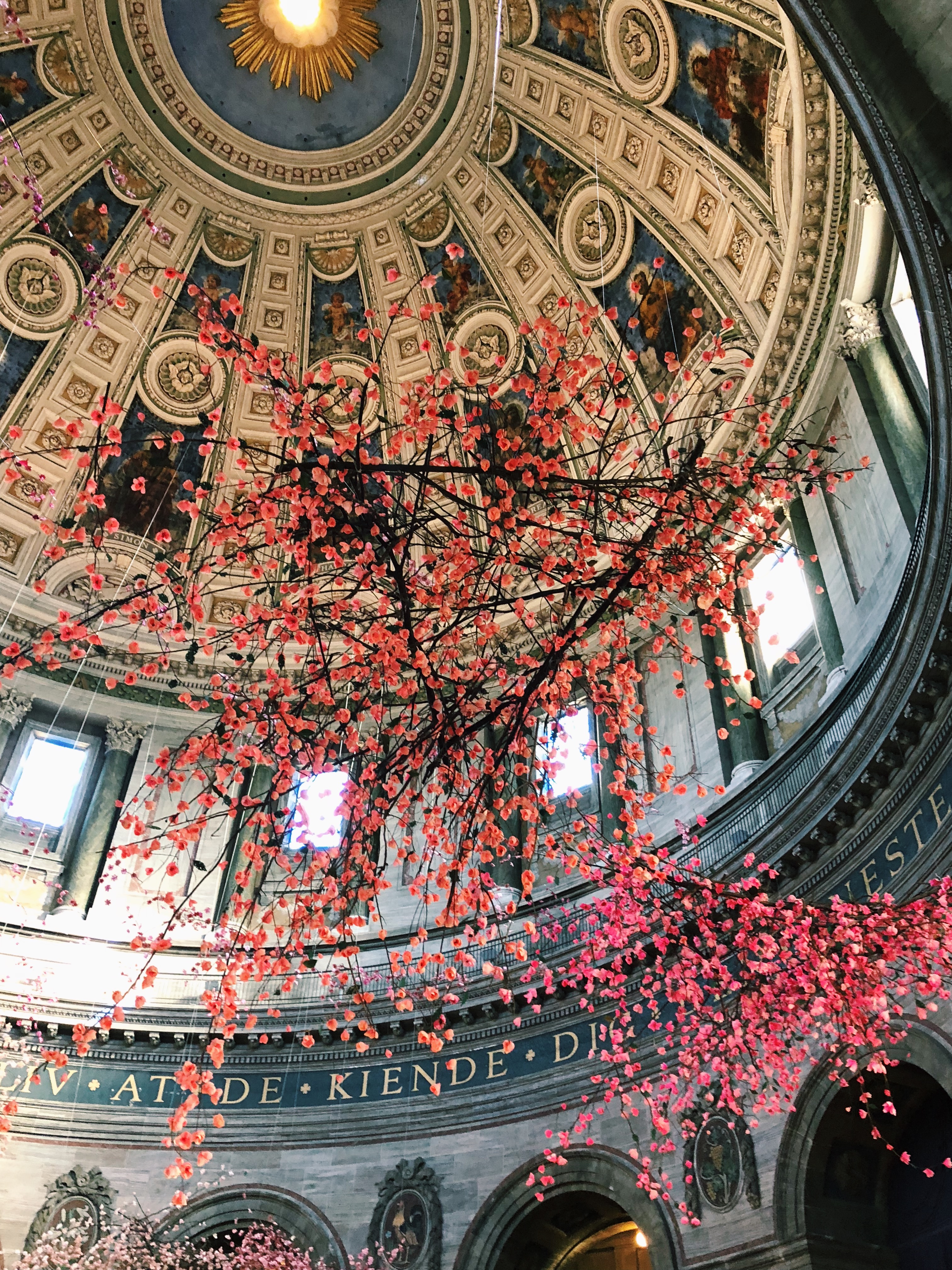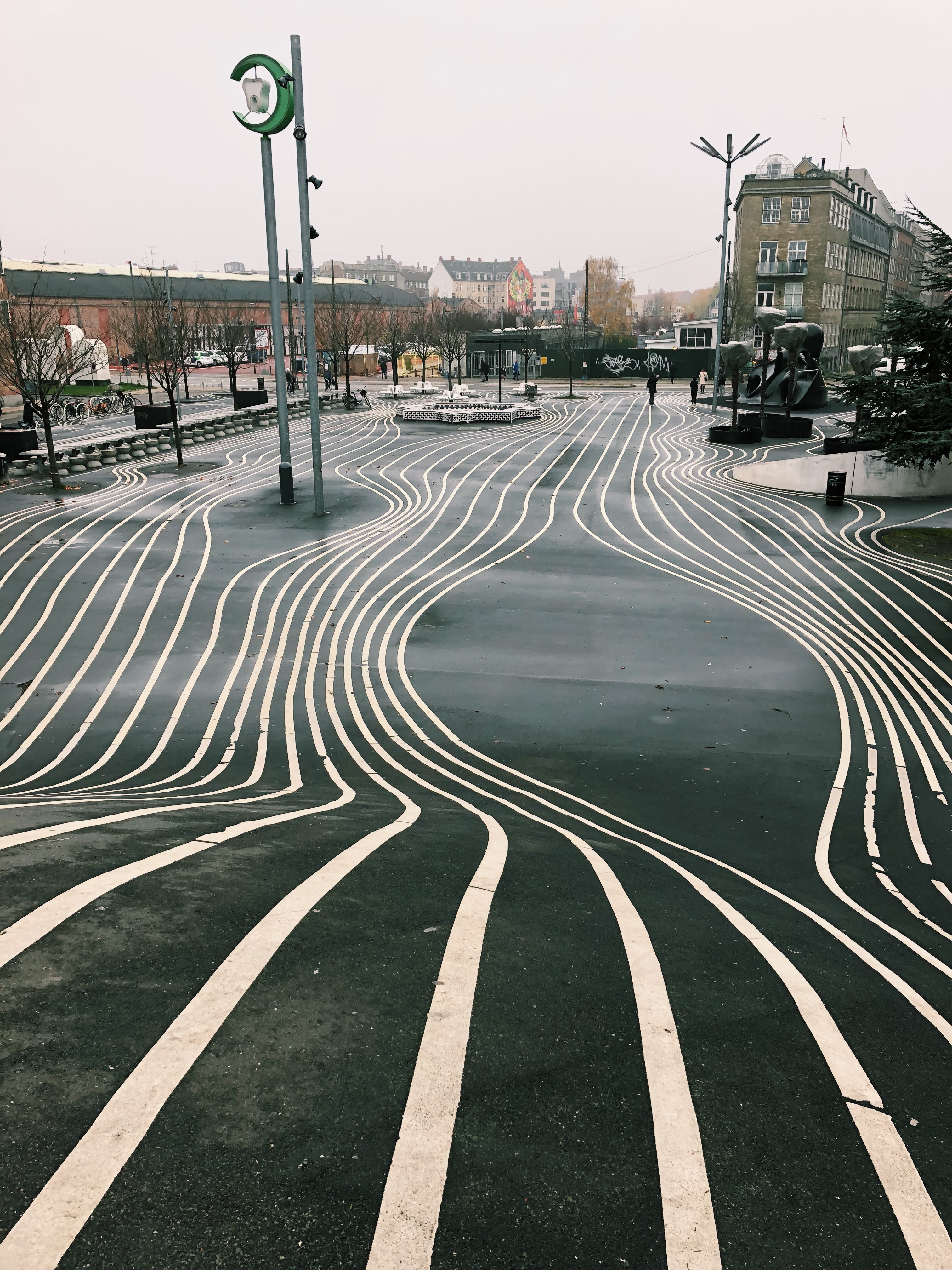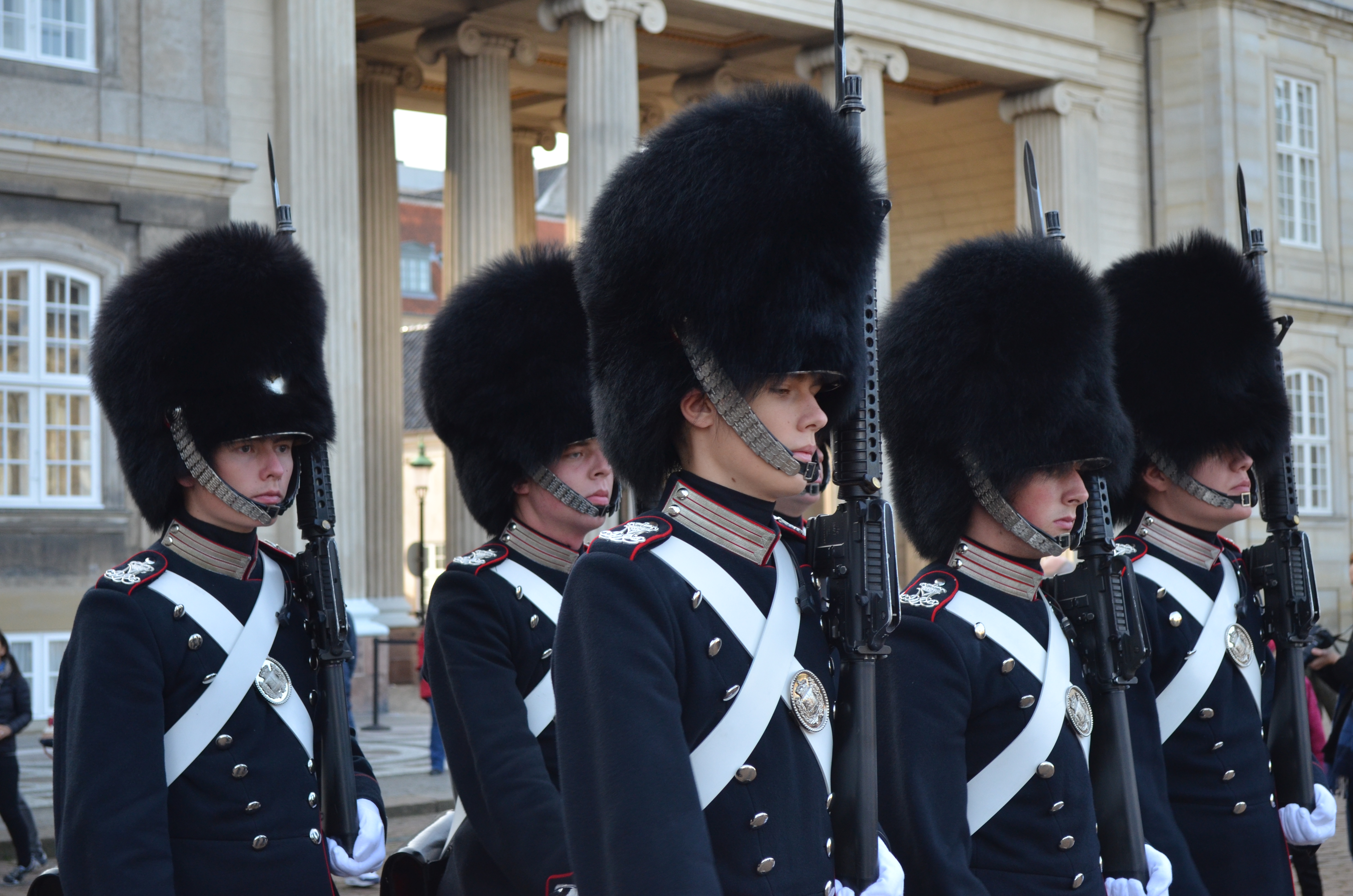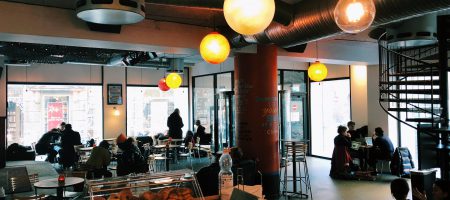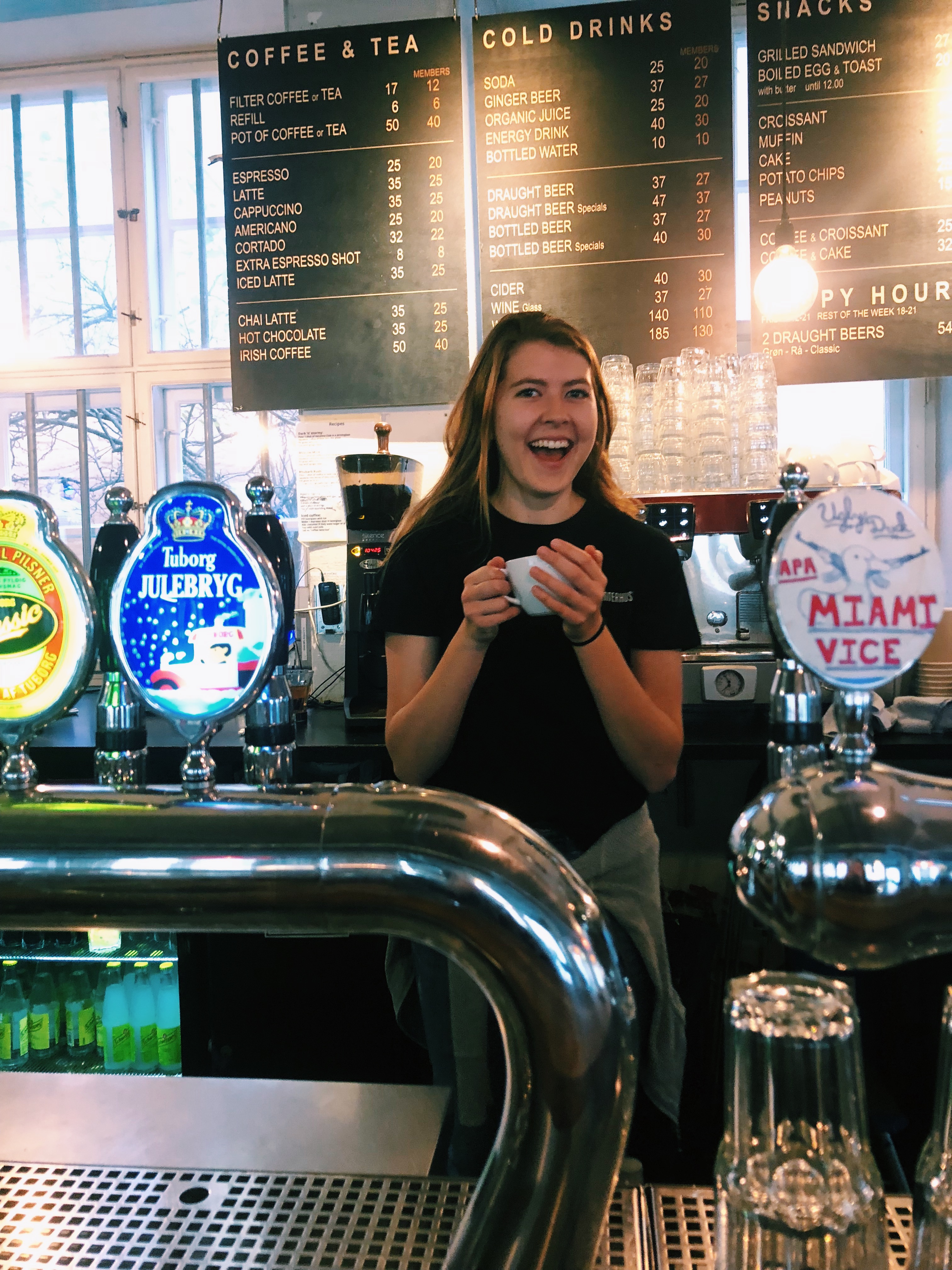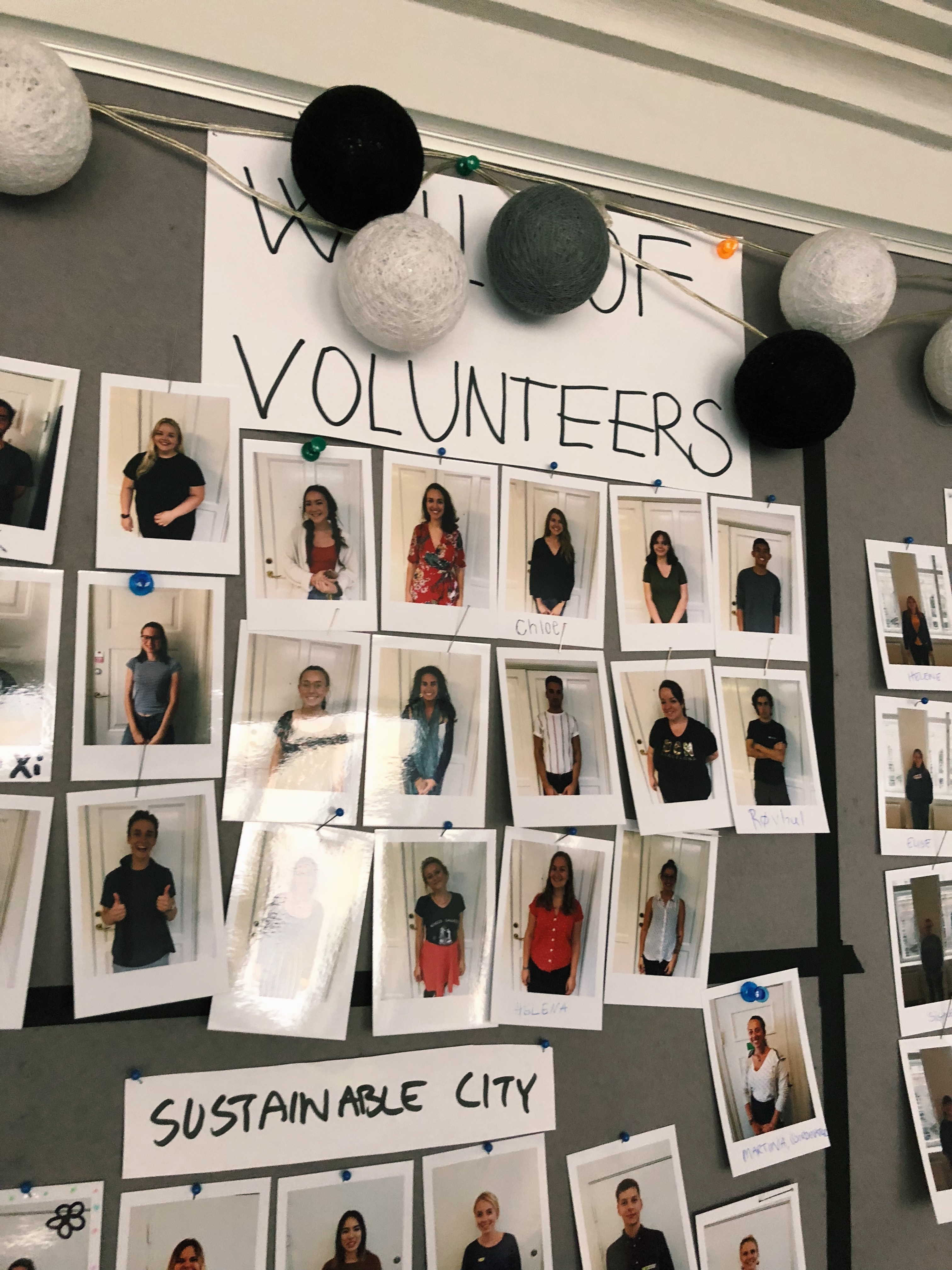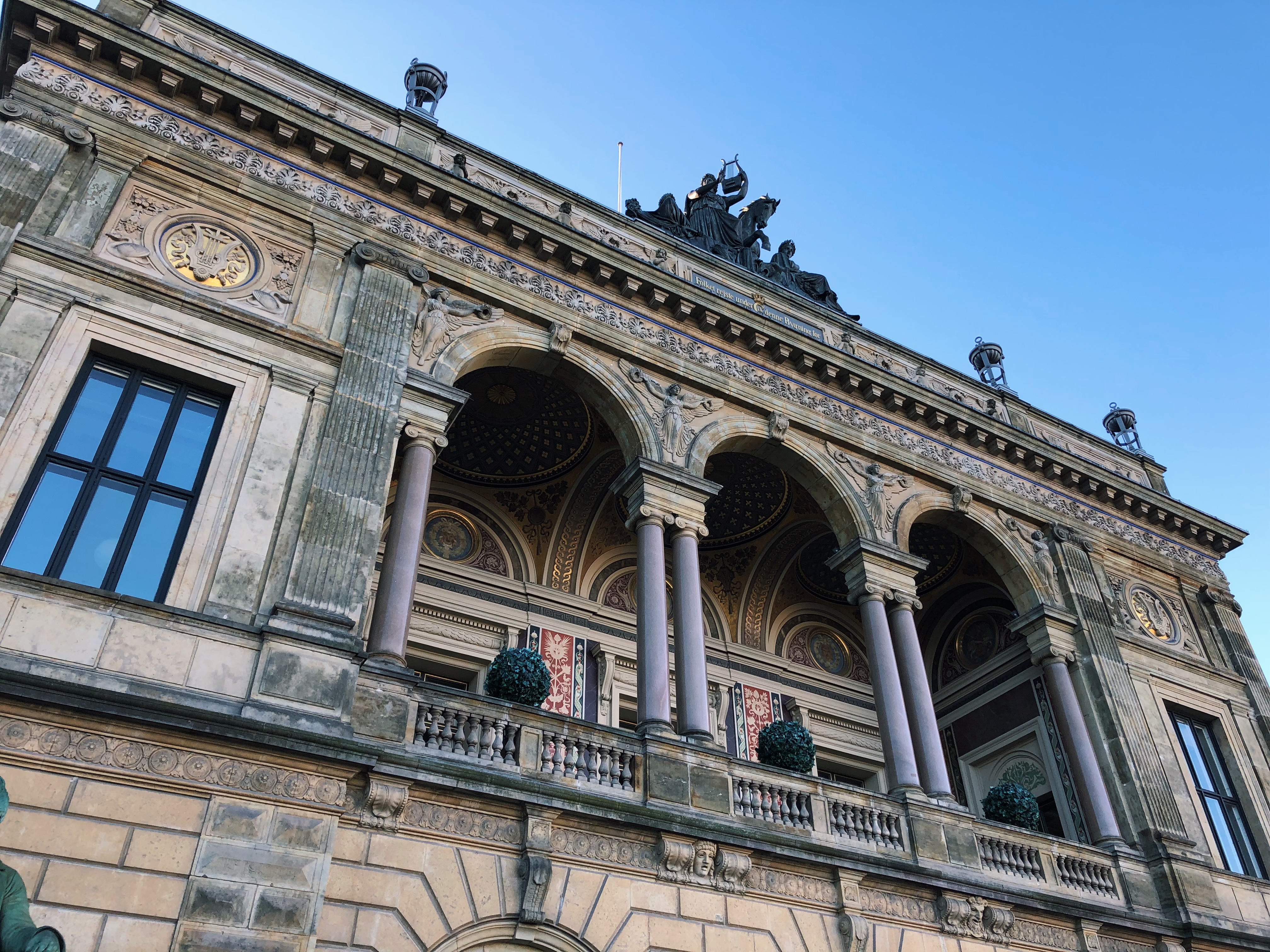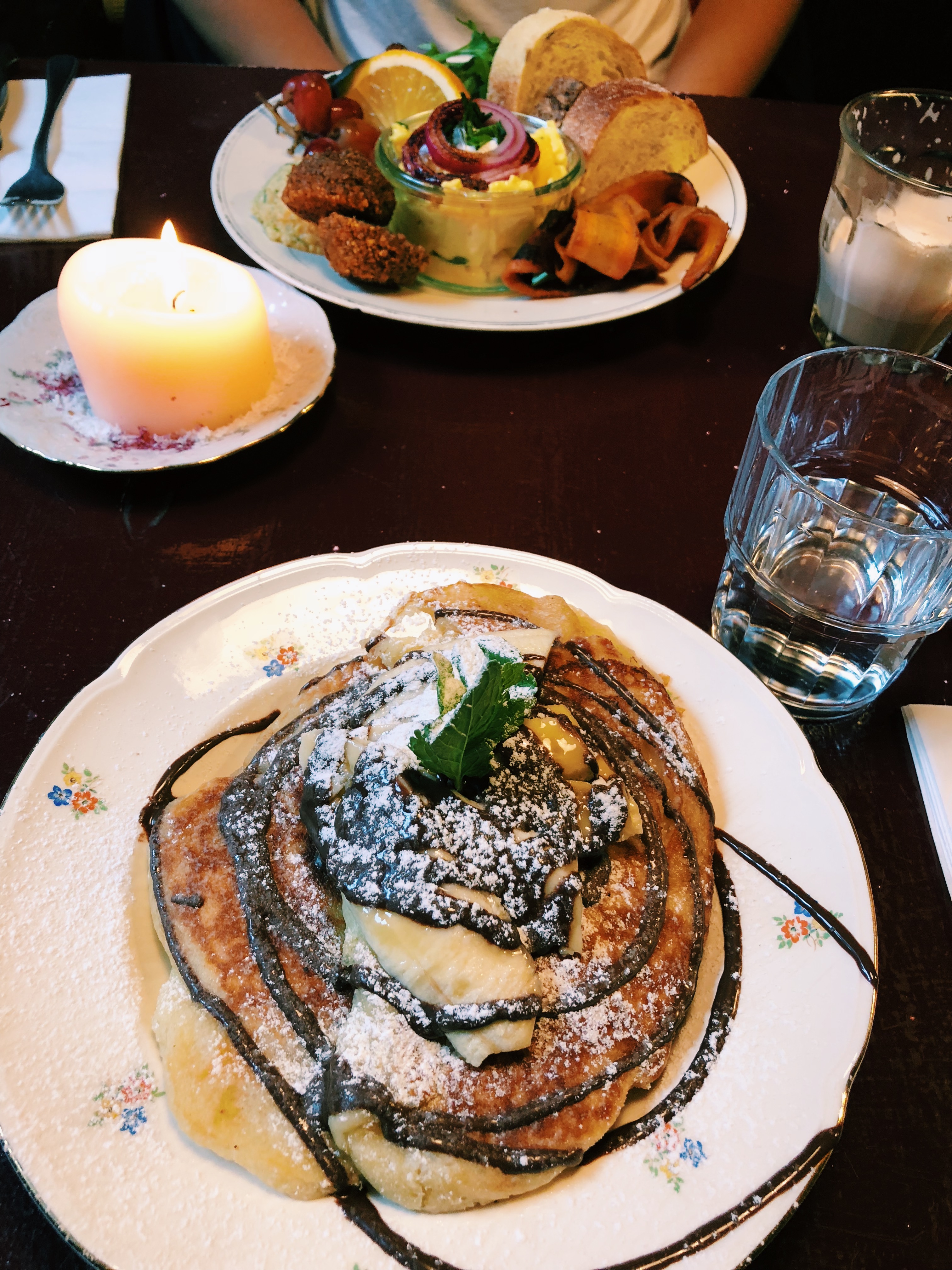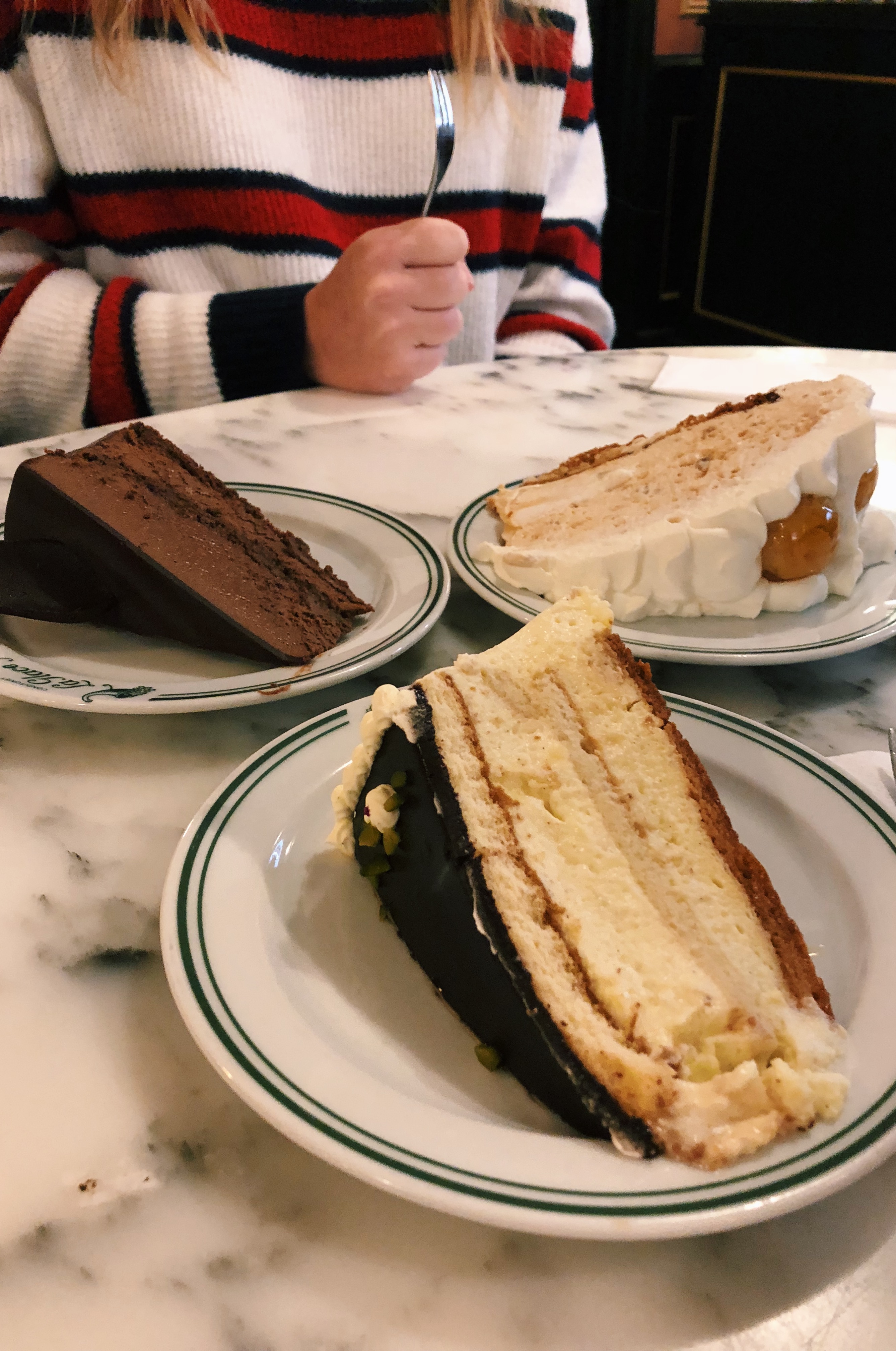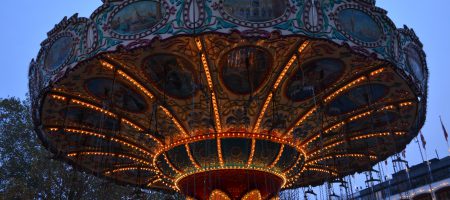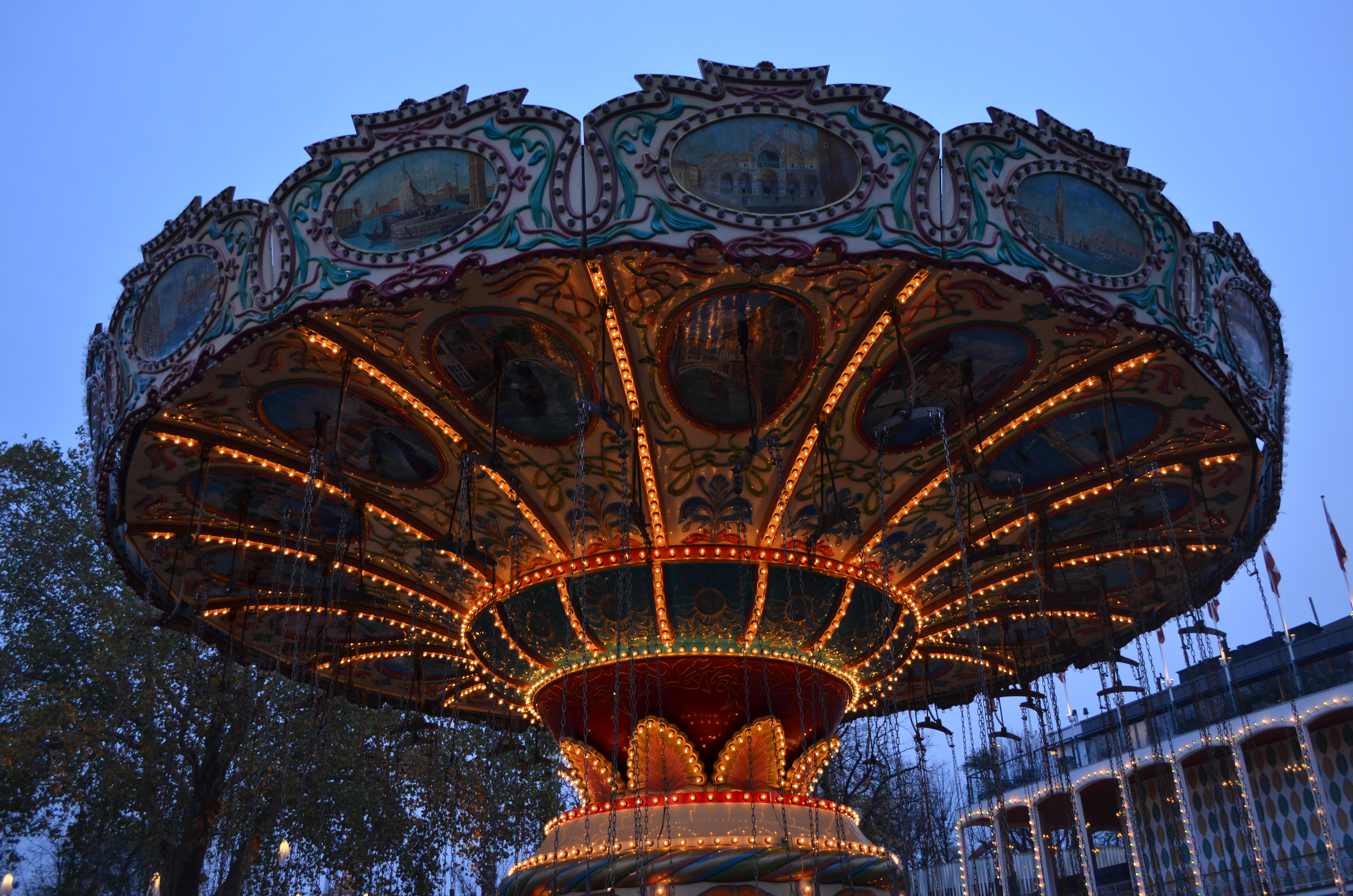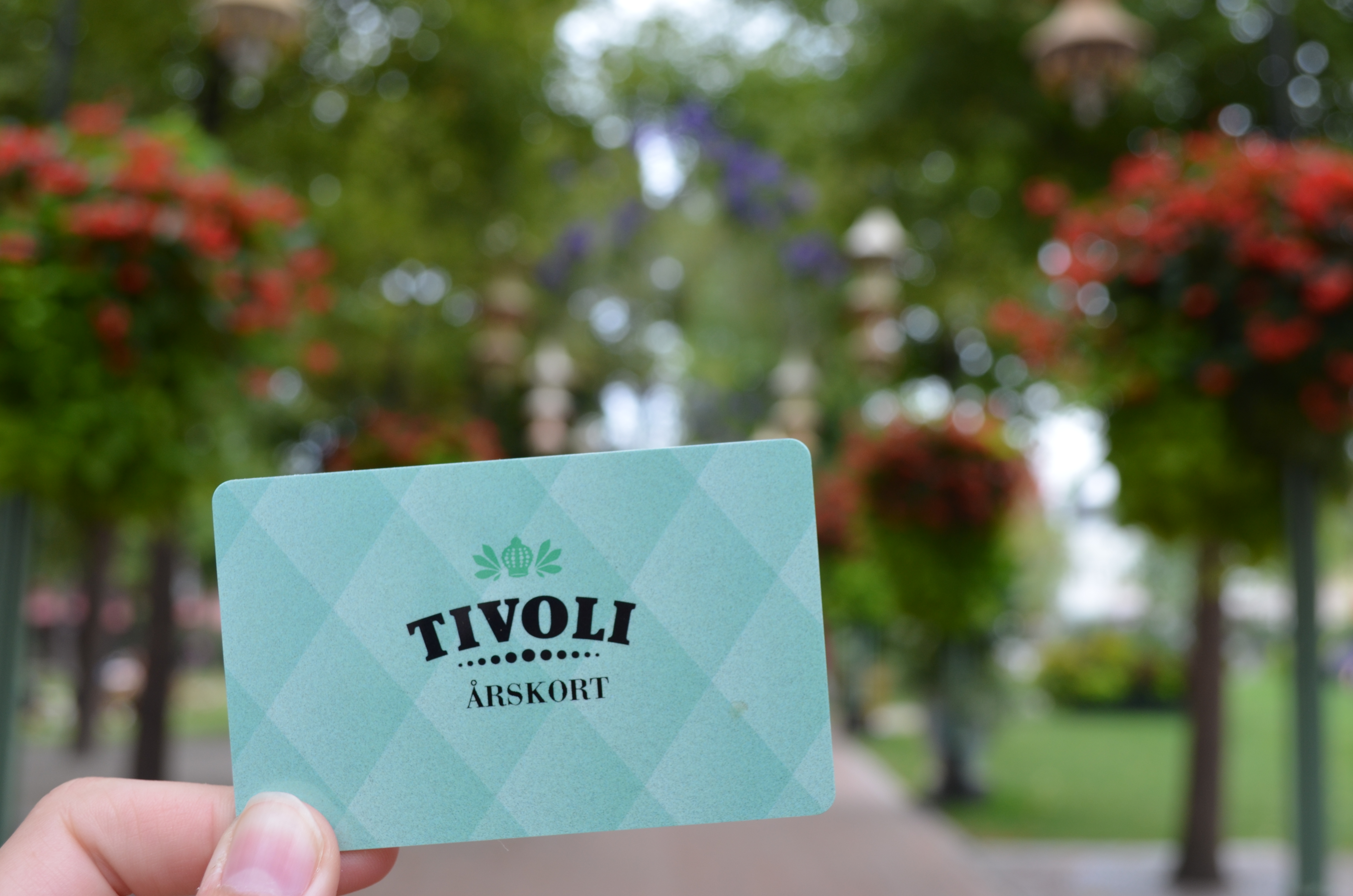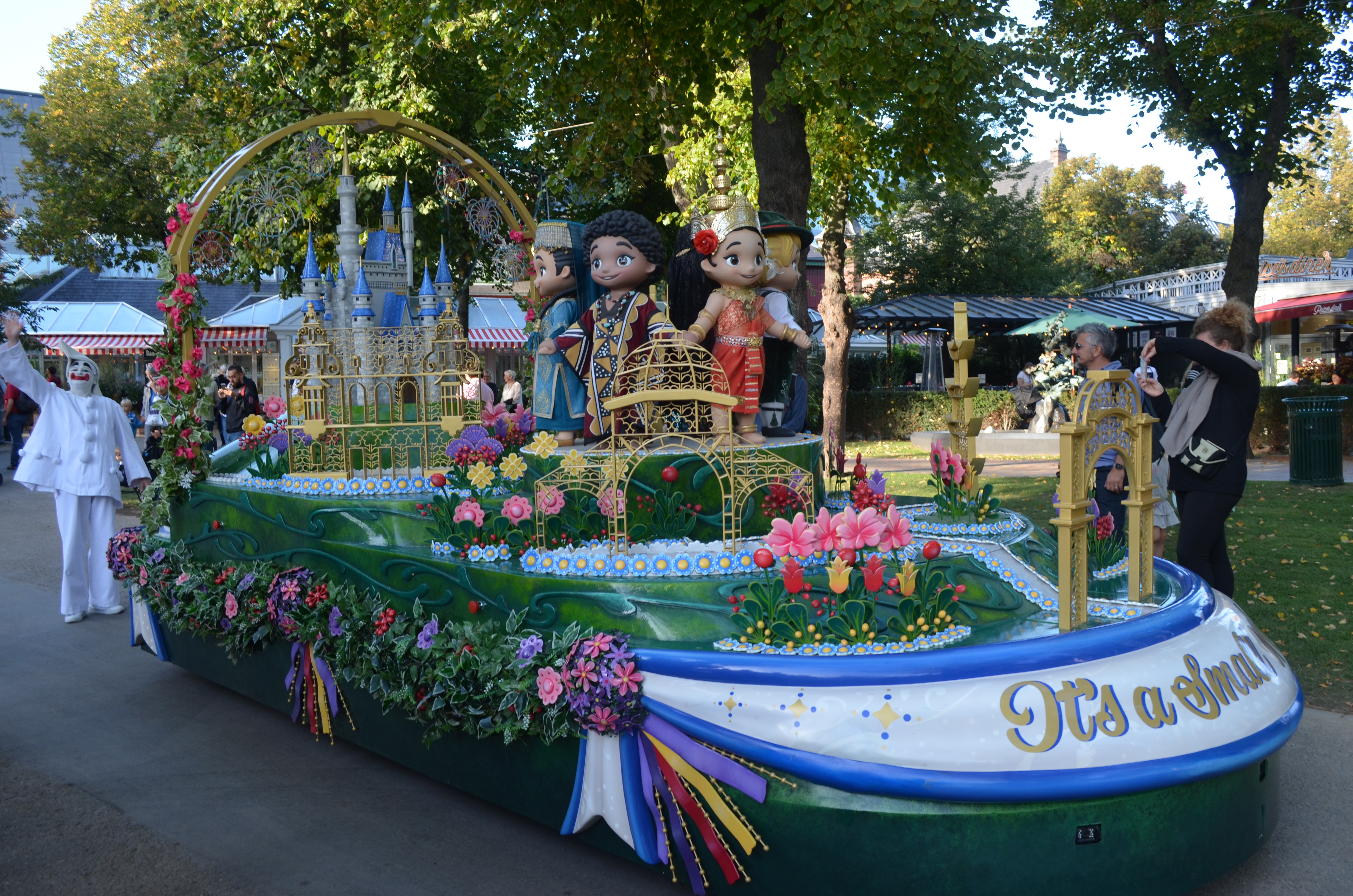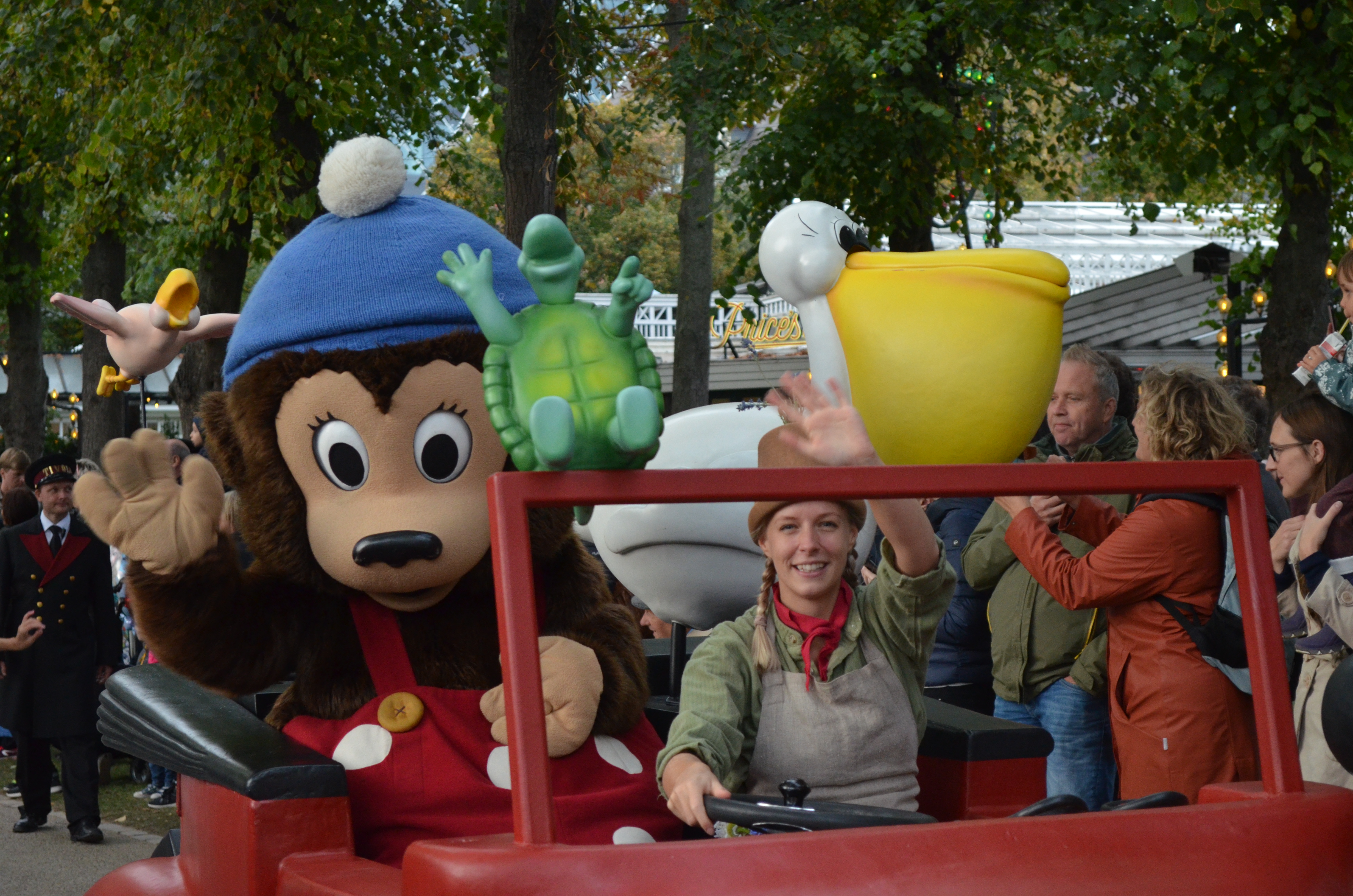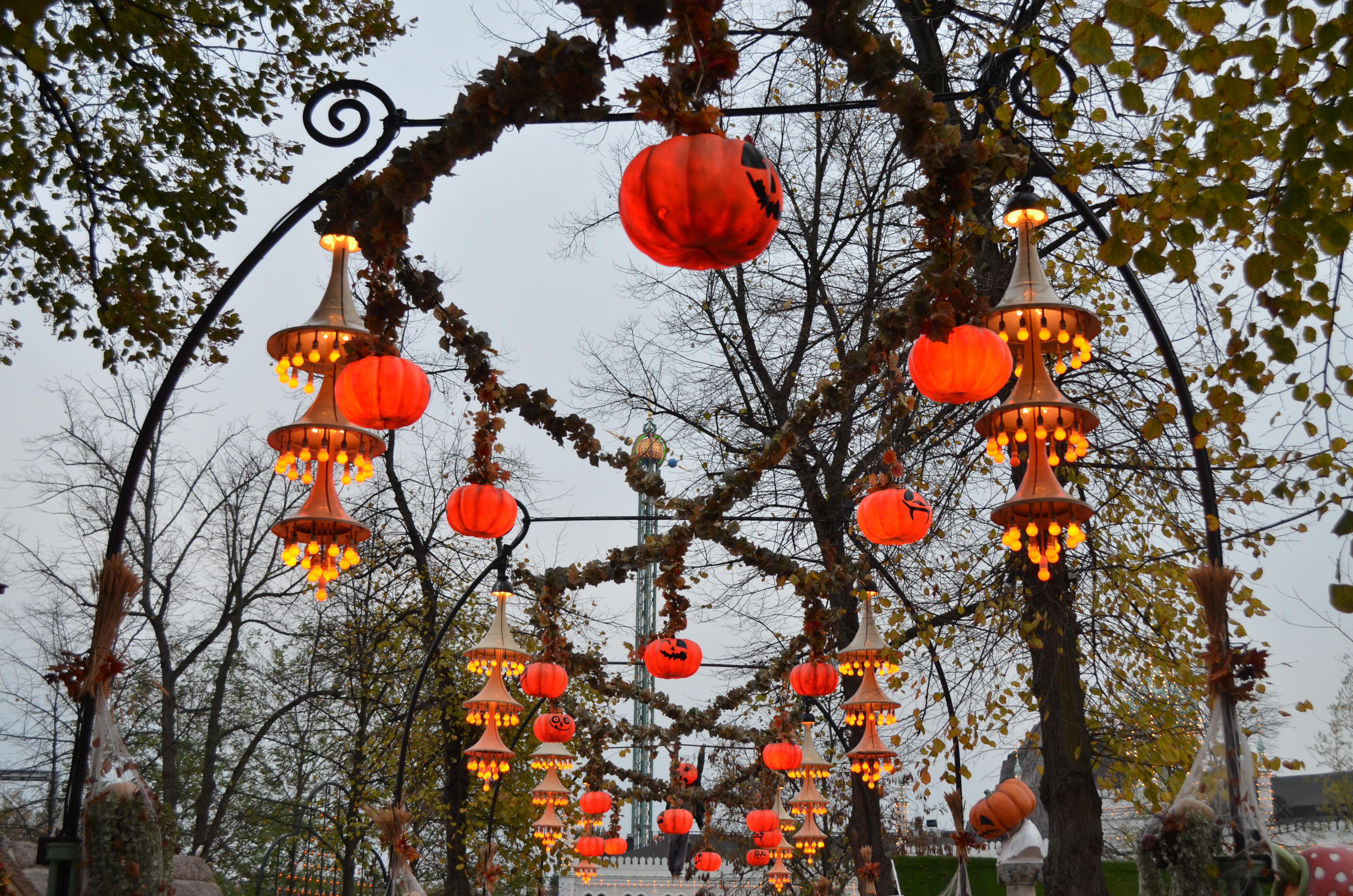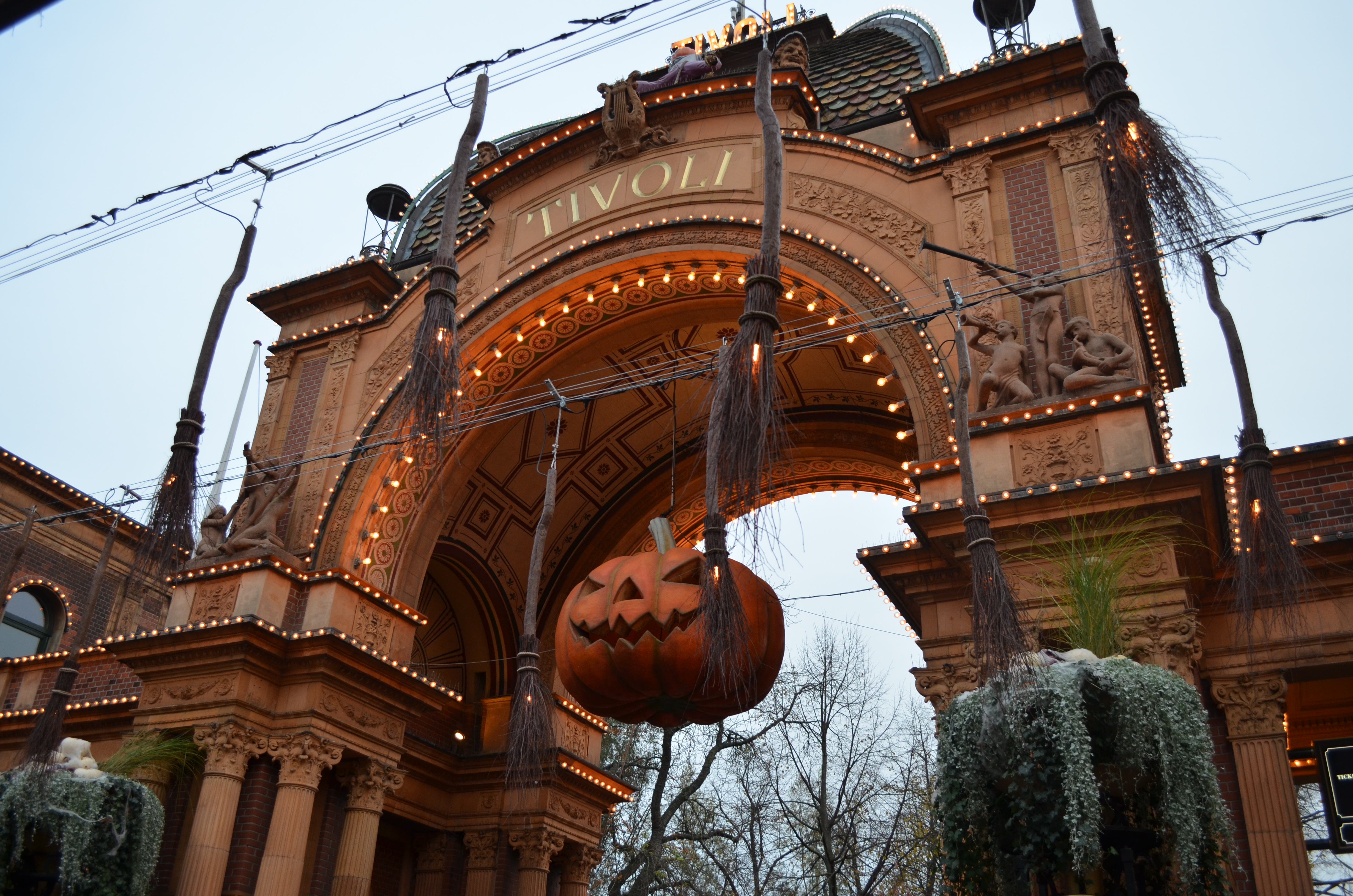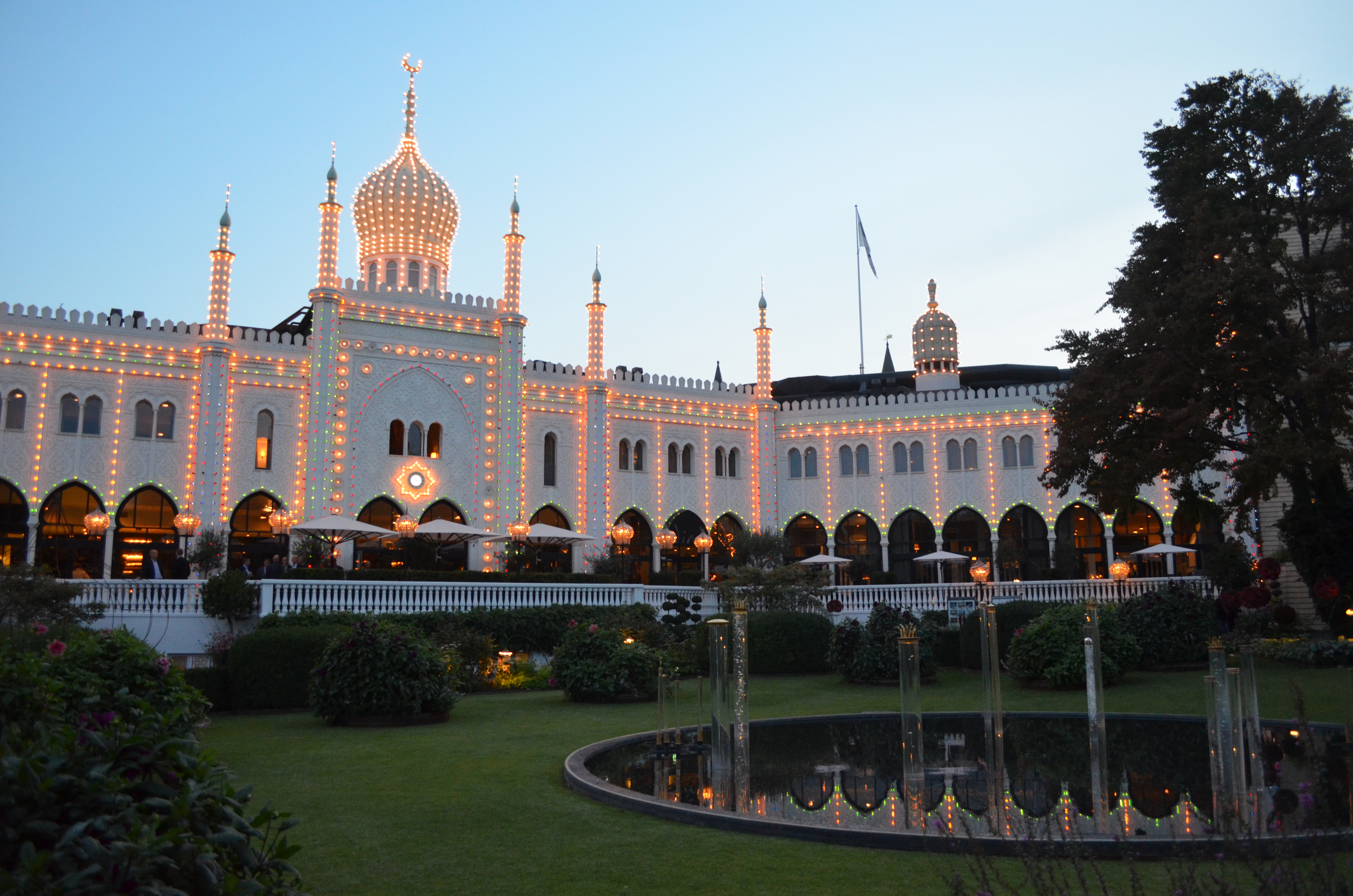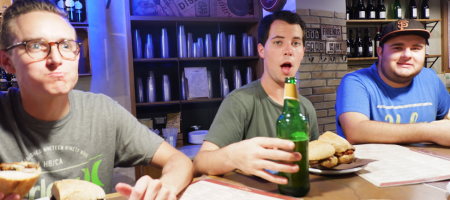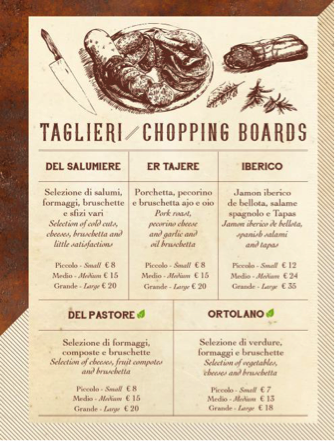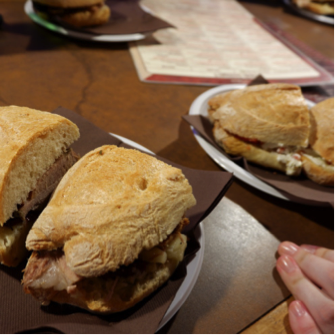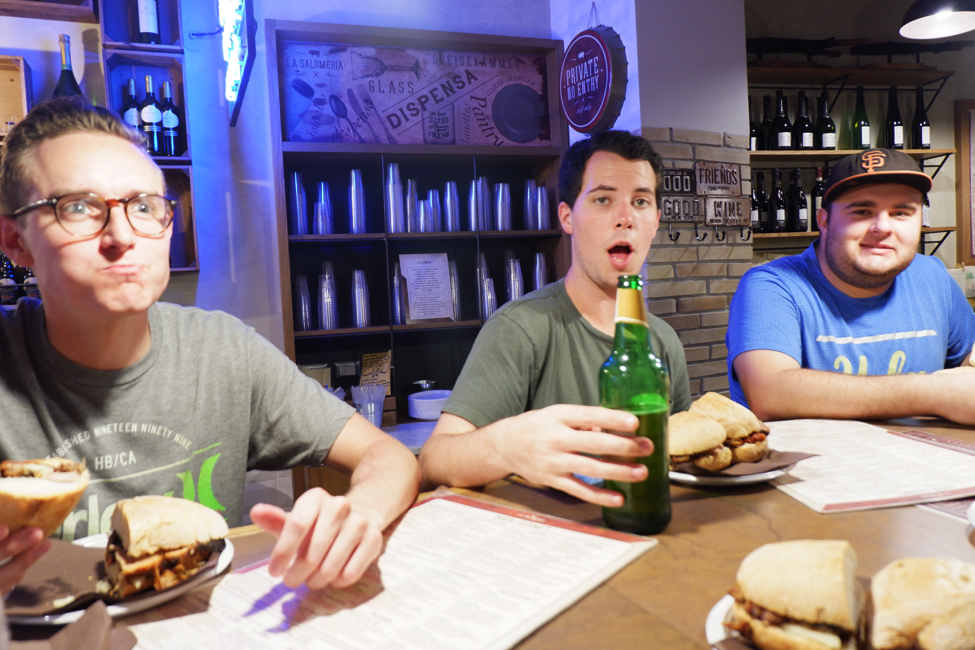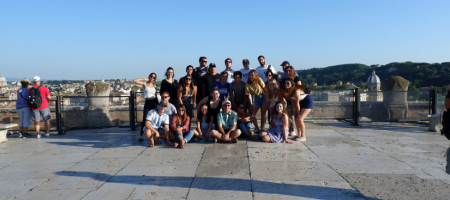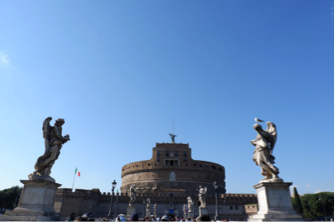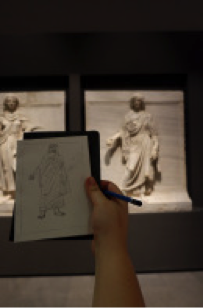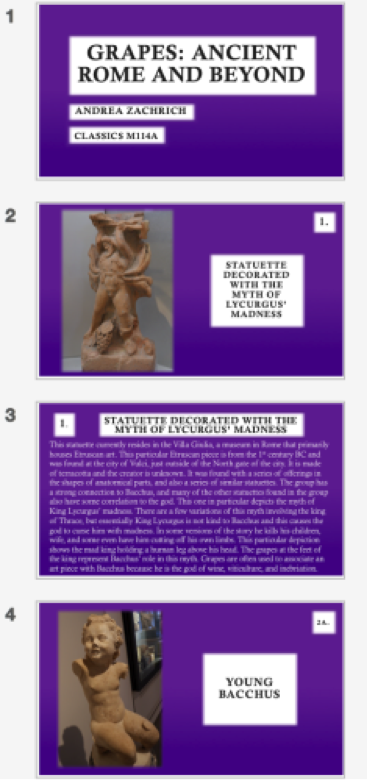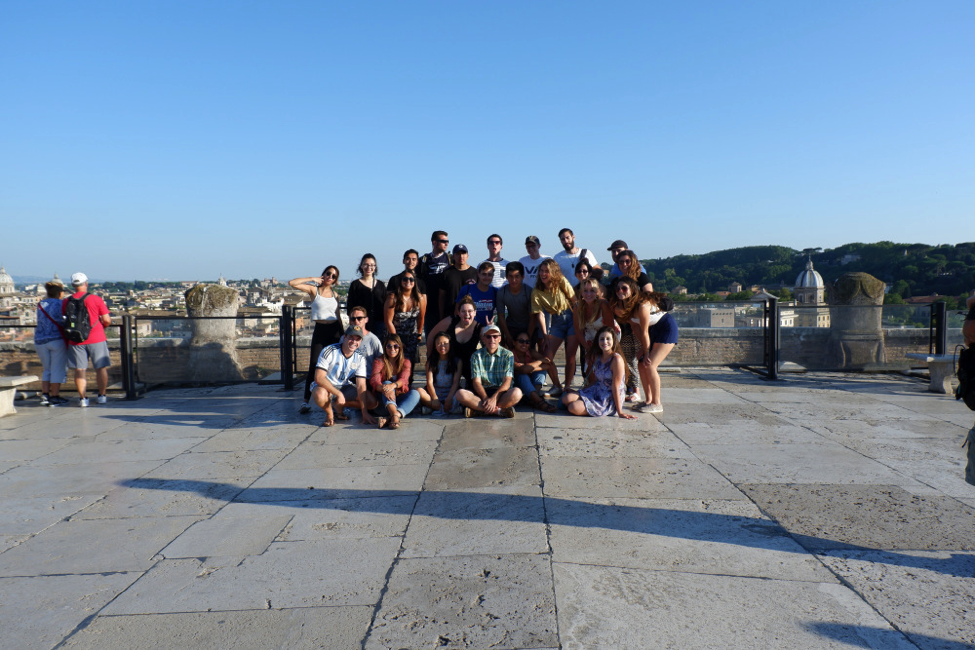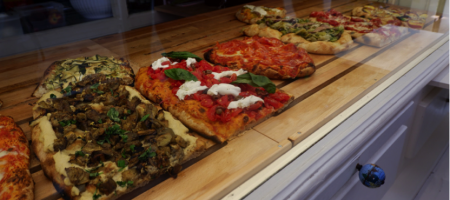England | Studies
By Michelle Lin
While social media posts may not show it, studying abroad does include studying! Here’s some insights into the classes I’m taking in the Arts, Politics, Society & Space program. Because this program is a UC Center program and not affiliated with any British university, all of our classes are taken at the London ACCENT center with various lecturers. Class is only a five minute walk away from the apartments, which is absolutely lovely. Each class takes place once a week, for three hours each, so I have a total of 12 hours of class a week.
All of our classes point toward providing us with a greater understanding of London. Through my classes, I am broadening my horizons and learning so much more about multiple aspects of England. These are classes are extremely different from the giant lectures at UCLA that I’m used to. Because there’s around twenty-five students in each class, it feels more like a liberal arts or private university. We do a lot of group work, activities, and class participation, and attendance is mandatory. All classes are essay and presentation based, so I’m glad to get a break from midterms and exams.
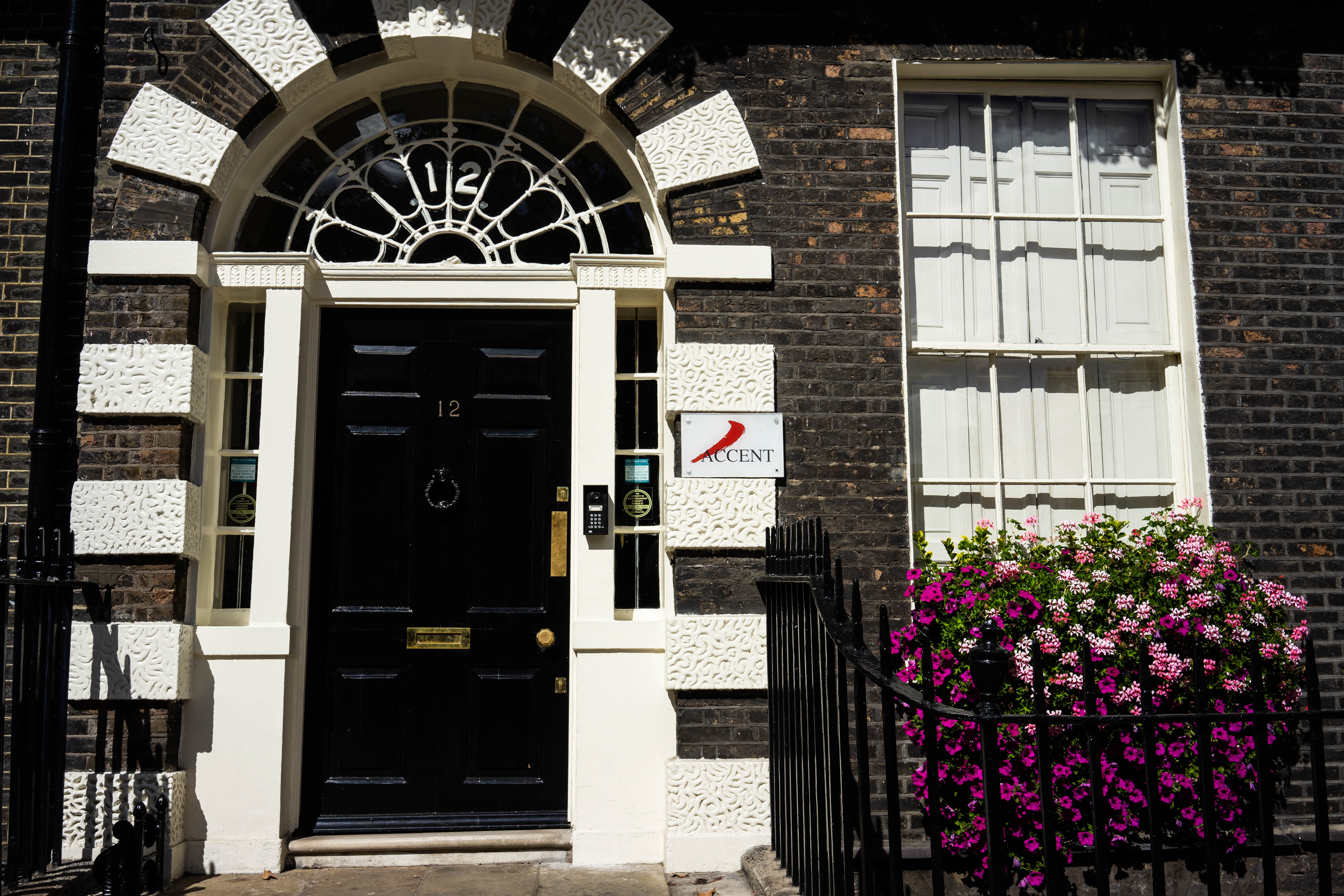
Comparative Media
This class centers around a comparison between the UK media and the US media, and the professor is followed by Barack Obama on Twitter! It’s a very interactive class, with a lot of class discussions and debates.
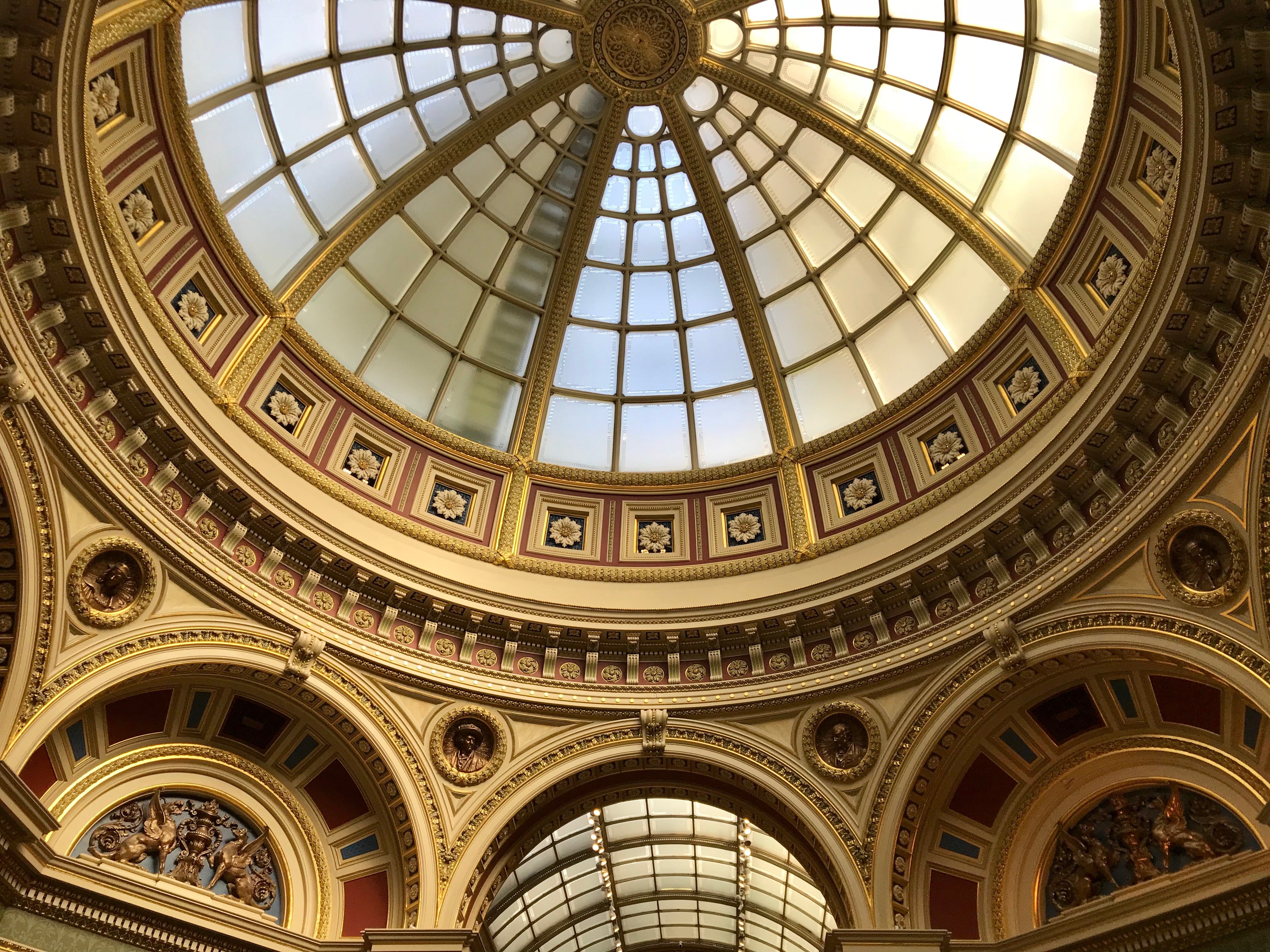
Britain and the EU
Although this is the class I find most challenging, it is also my favorite class, since I’ve always wanted to learn more about the European Union and Brexit. Every lecture is extremely interesting, as we get more of an insight into the history of the EU and the complexity of this institution. After we learn something, we immediately do worksheets, which really ingrains the lesson into my head. In addition, we will attend two lectures at the London School of Economics in order to learn more about issues related to the European Union. This class is very timely with the upcoming date of the Brexit, and I’m grateful to be able to learn about this issue in the country that it so greatly affects.
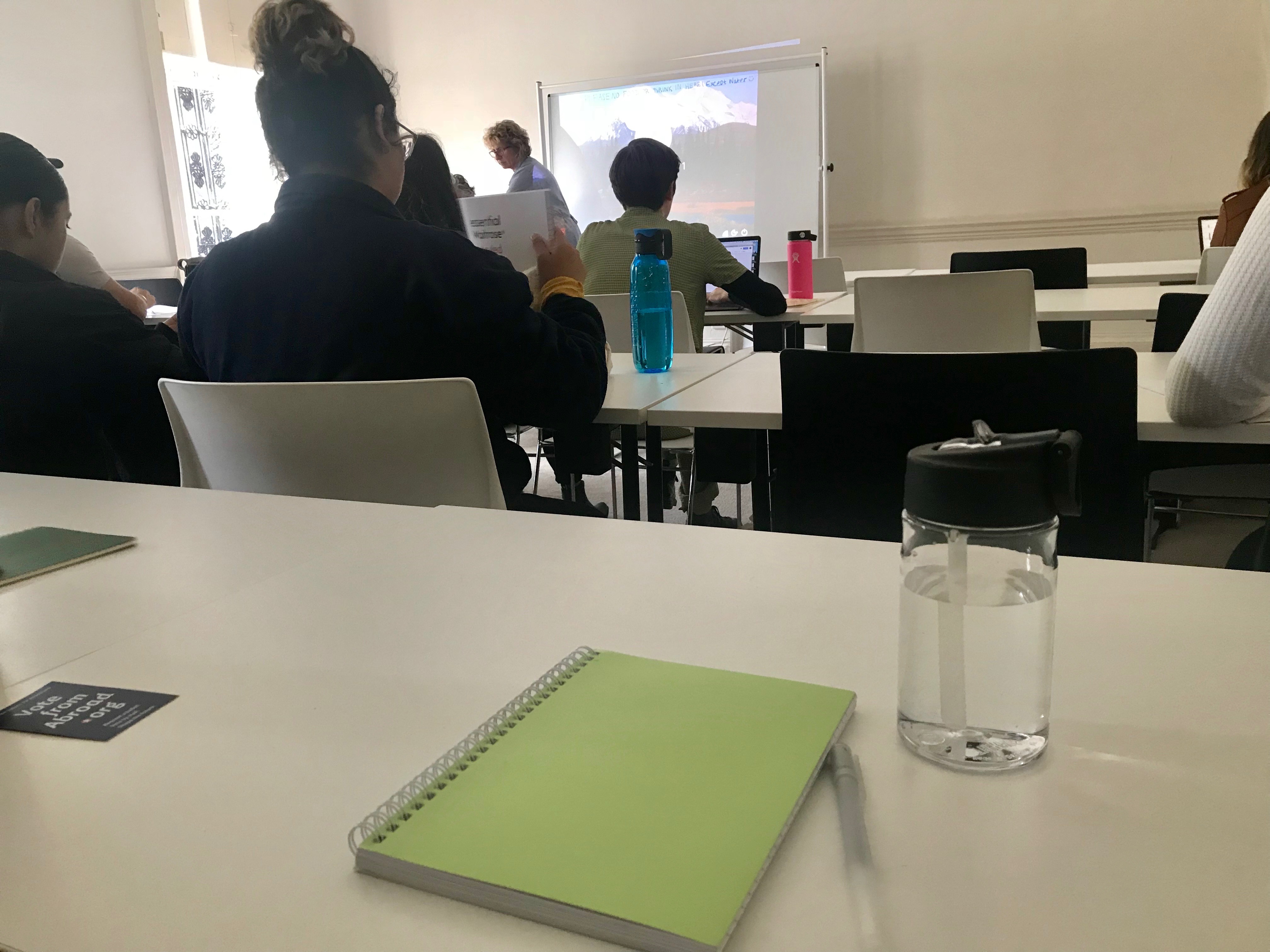
London Museums
This class mostly takes place at different museums, where guest lecturers (usually past curators of the museum) teach us through a tour around the museum. This includes extremely famous museums such as the British Museum and the National Gallery, as well as lesser well-known museums, such as the Sir John Soane museum. I really enjoy being able to go to museums during class, and learning about not only art history, but the politics and logistics of museum curation.
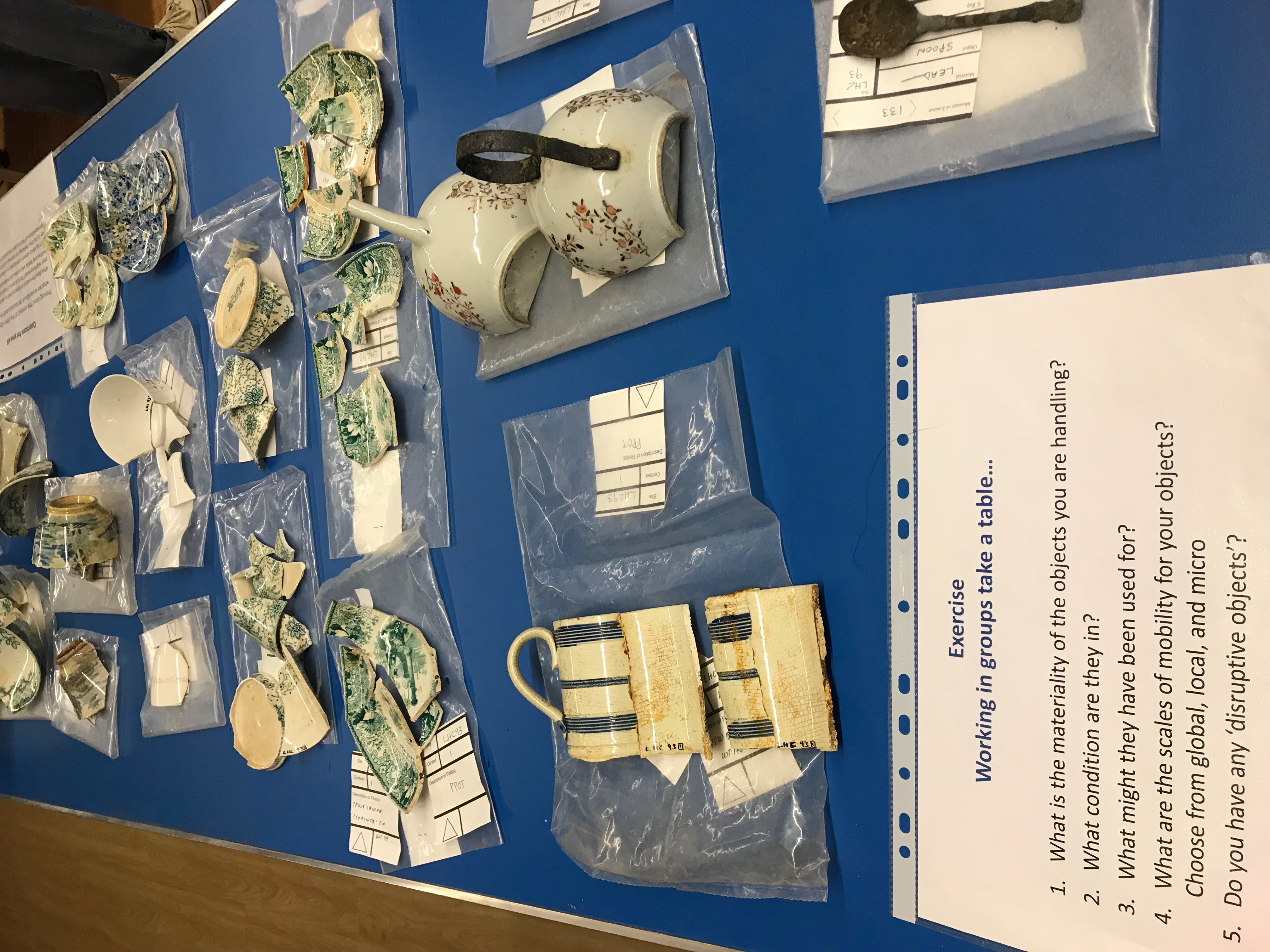
Society & Space
This is the core class of the program which every student takes, where we learn about the development of the city of London through different historical periods. Half of the lectures are in the classroom, while the other half are walking tours around different areas of London. Last week, we walked around the East End of London, learning about both the history that took place and what is happening there in the present day. In addition, we occasionally visit museums for this class as well. I love how much I’ve been able to learn in these classes, and how much they contribute to a holistic understanding of London. One of the aspects of London that drew me to study abroad here was its rich history and culture, and being able to learn and explore more of this city through my classes has been truly a surreal and exceptional experience.
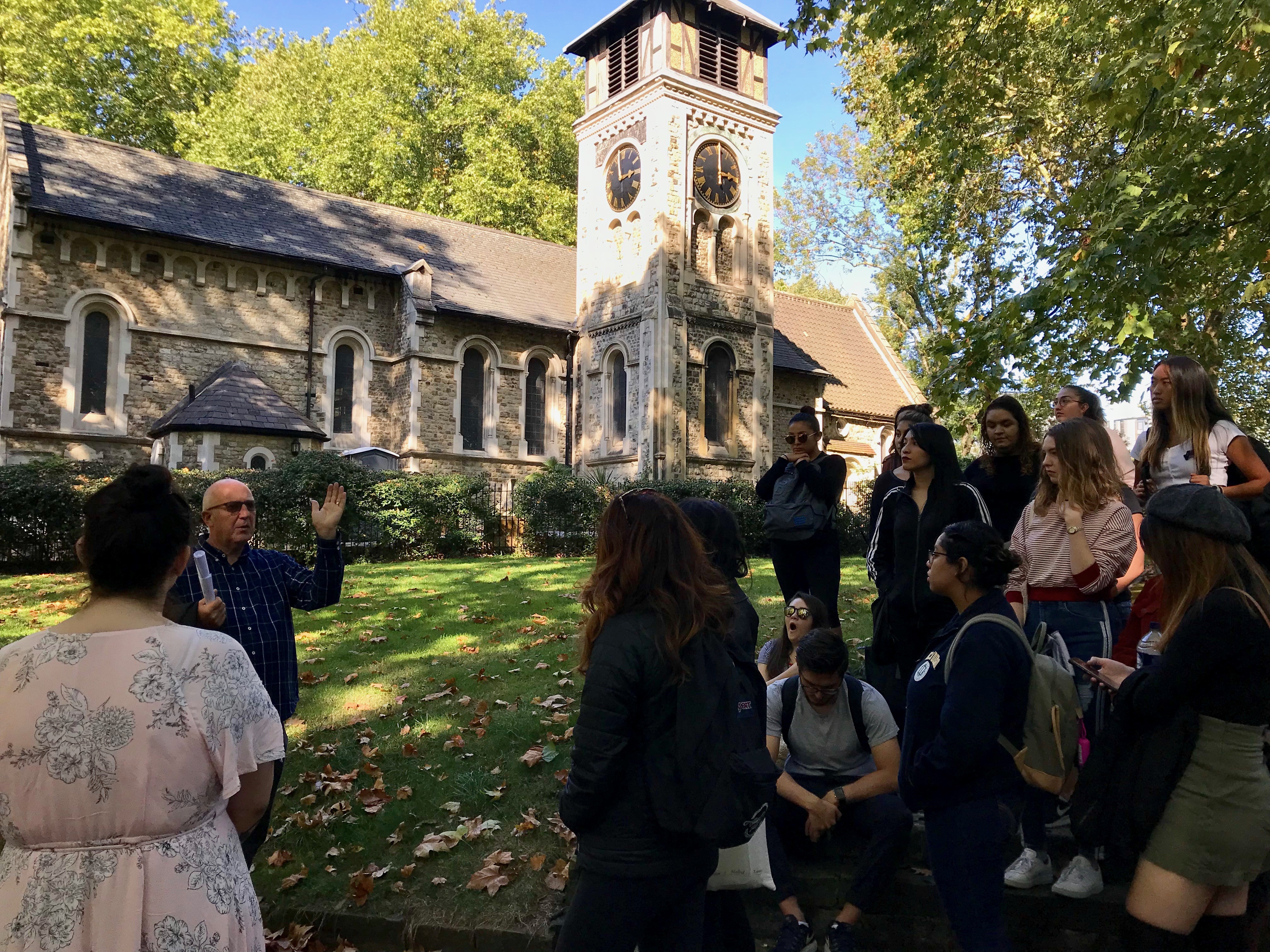
Michelle Lin studied in London, England in 2018:http://eap.ucop.edu/OurPrograms/united_kingdom_england/Pages/default.aspx




